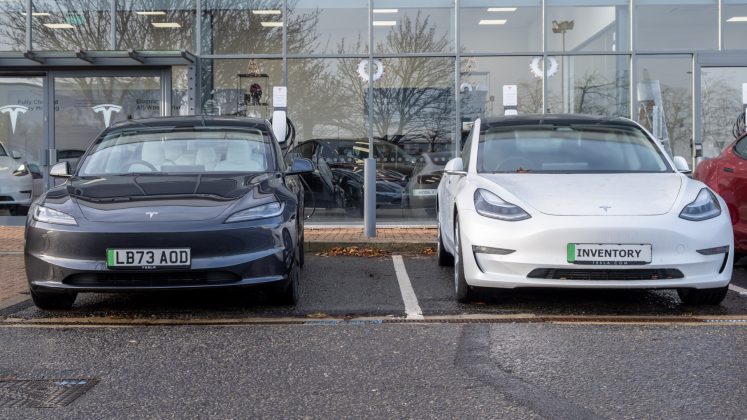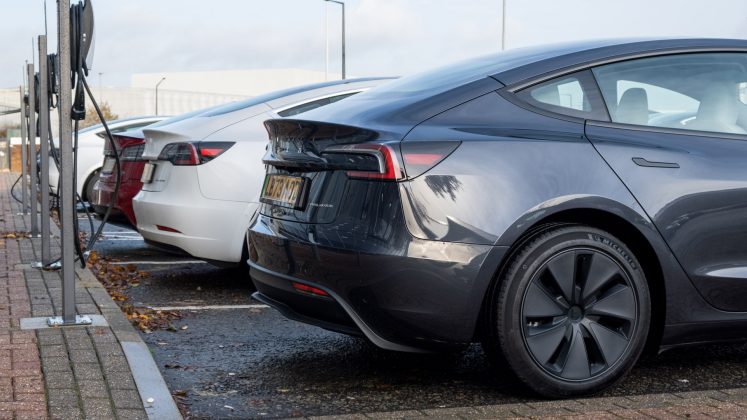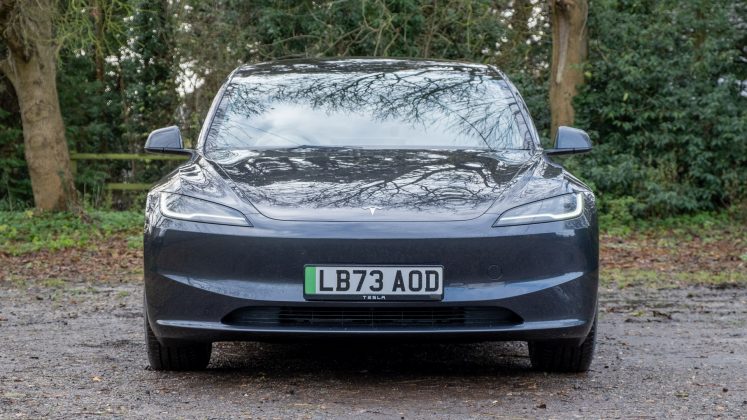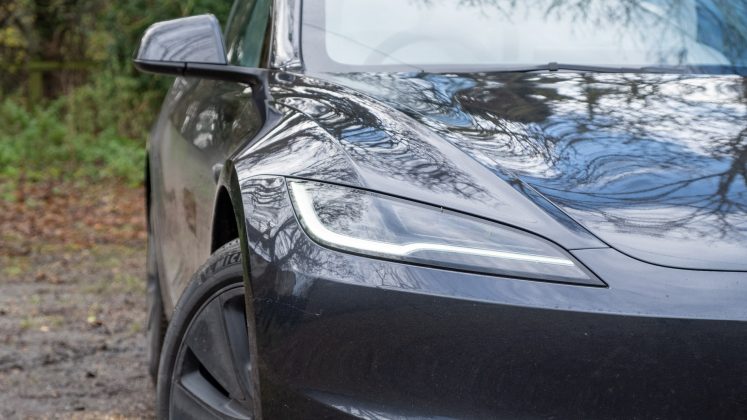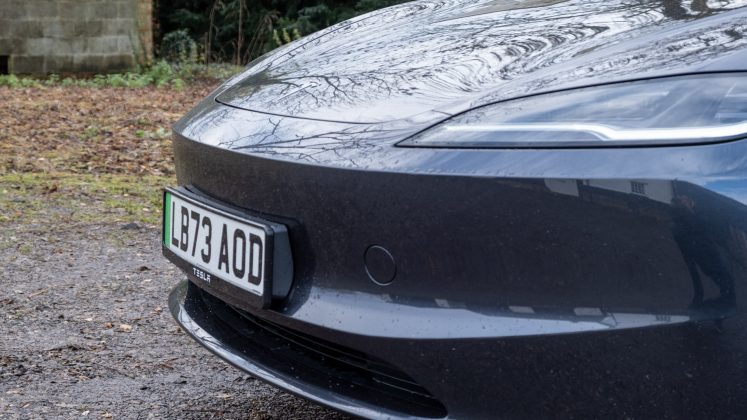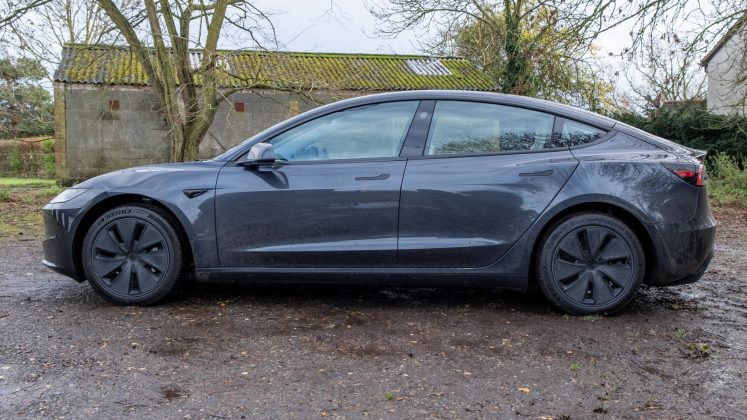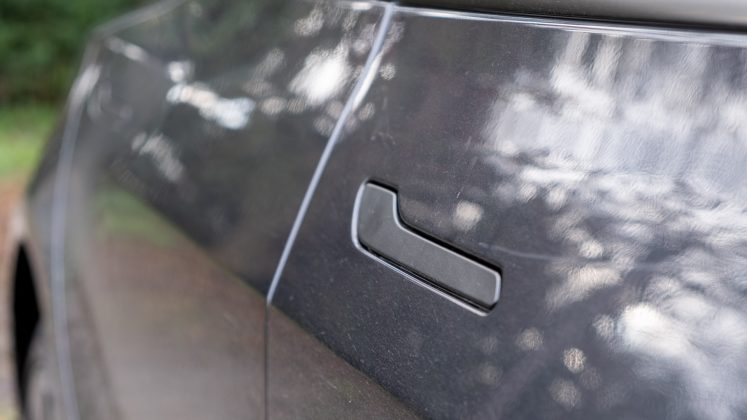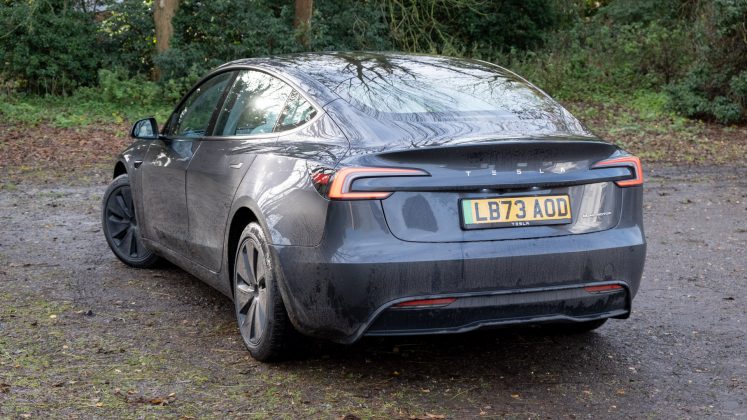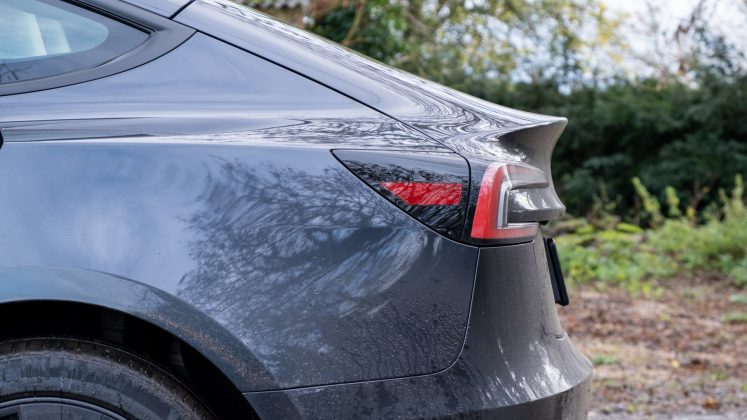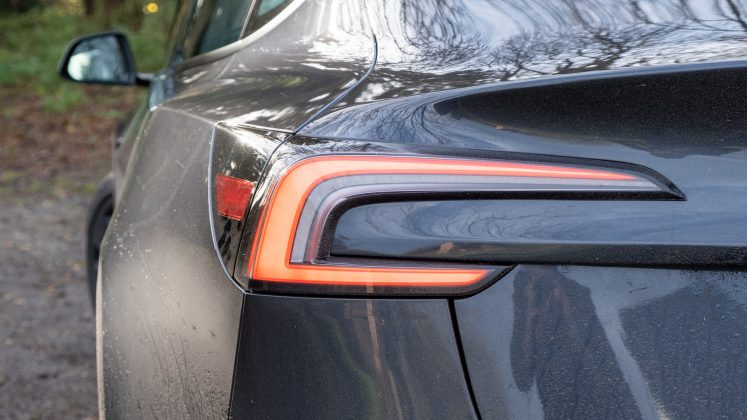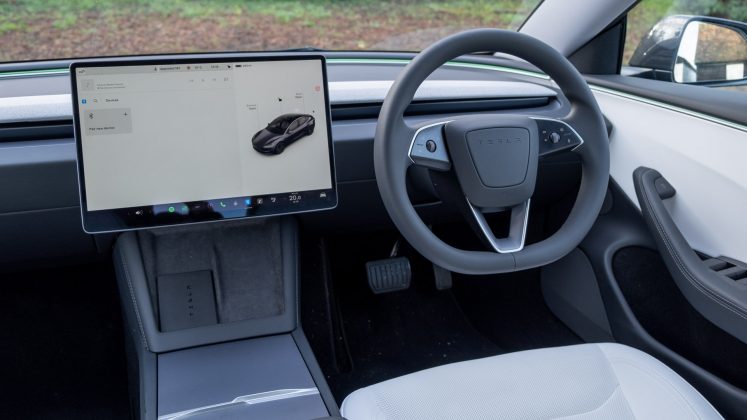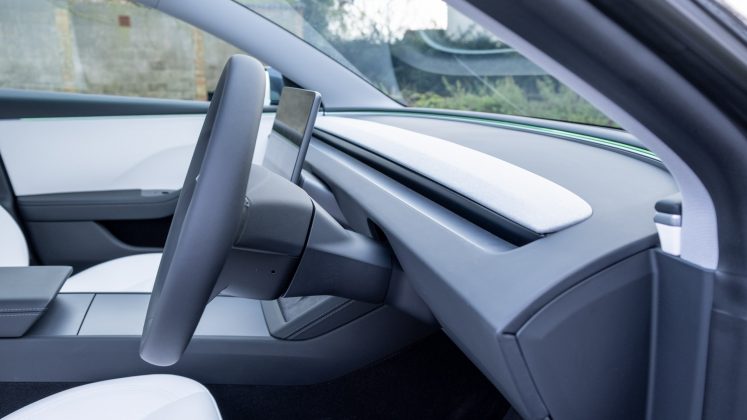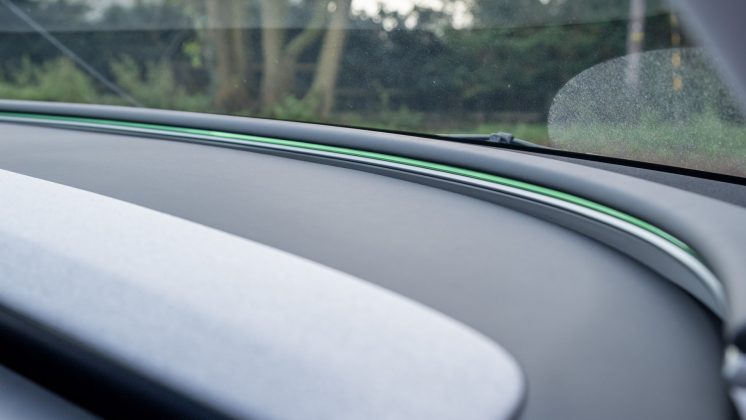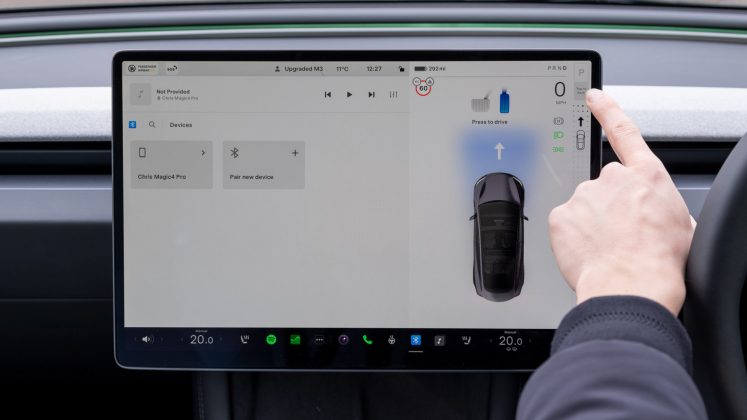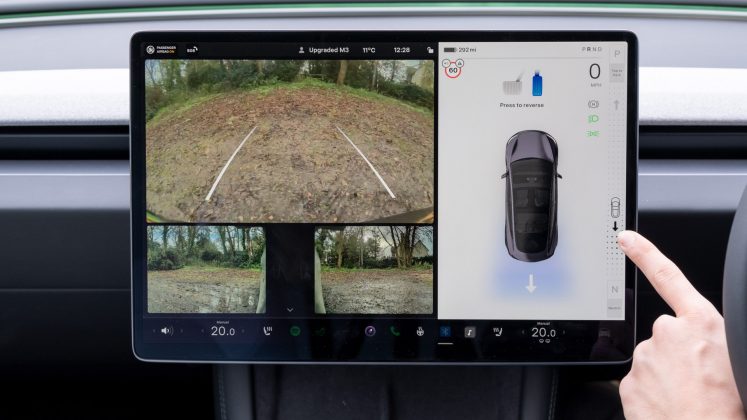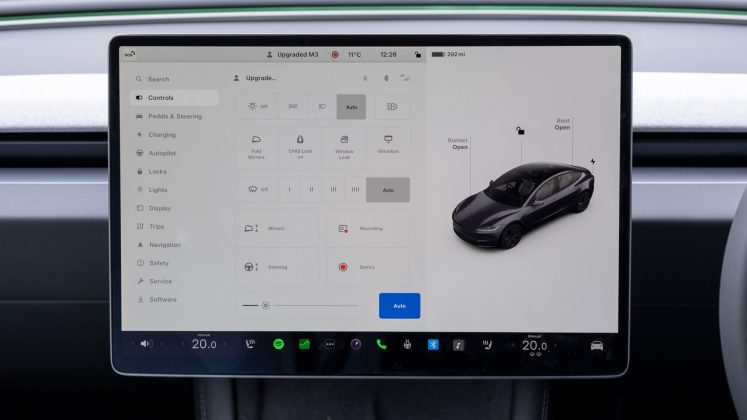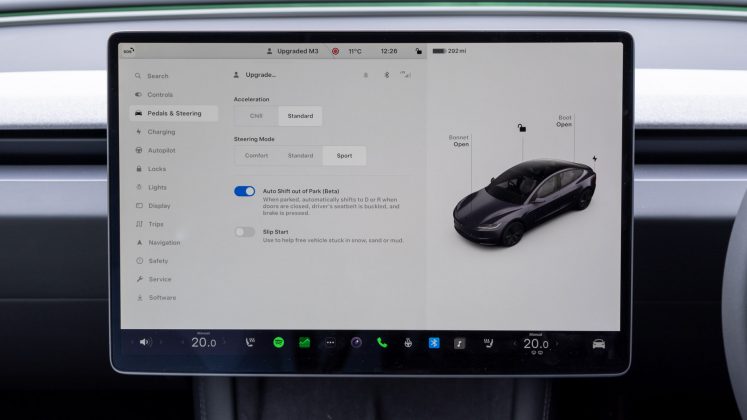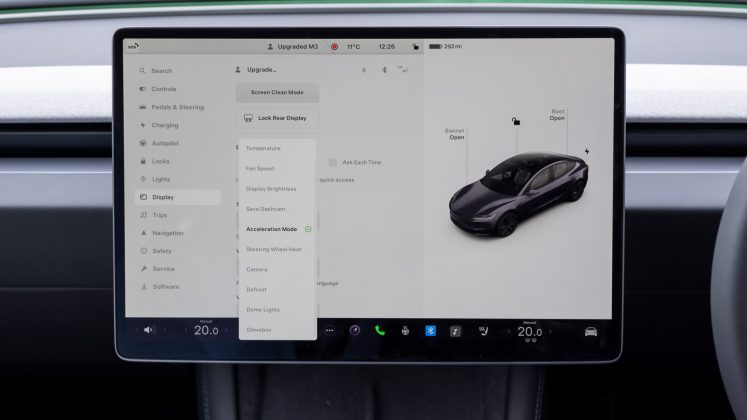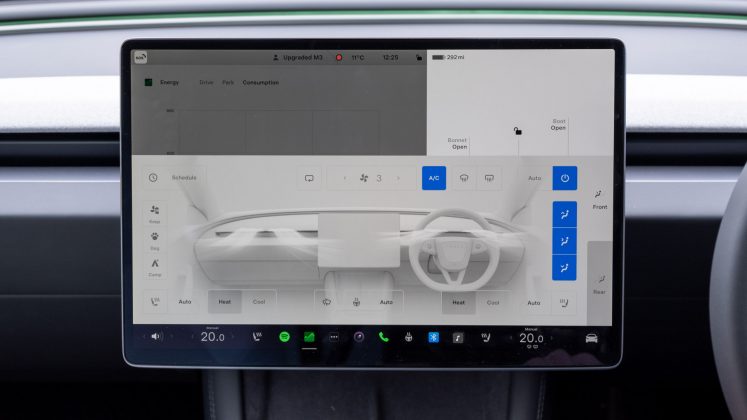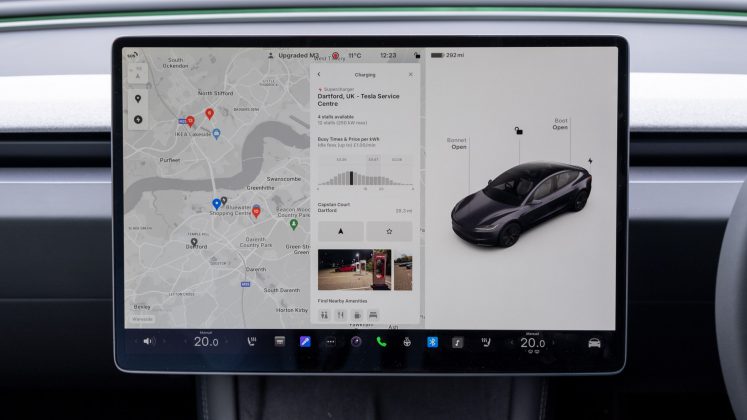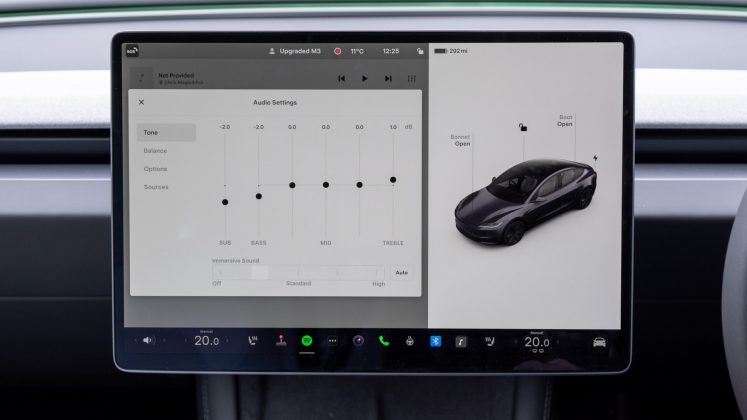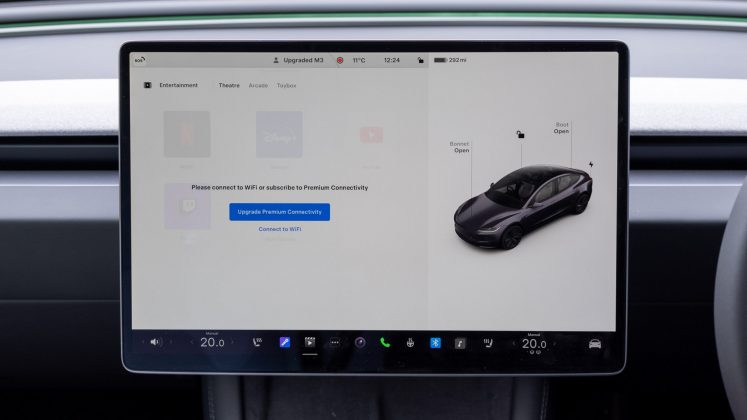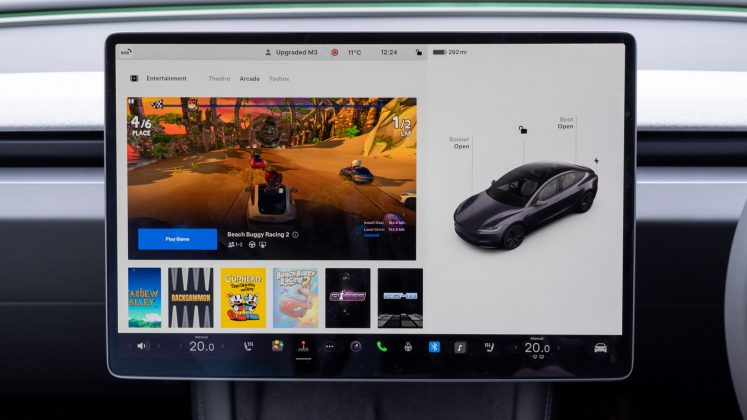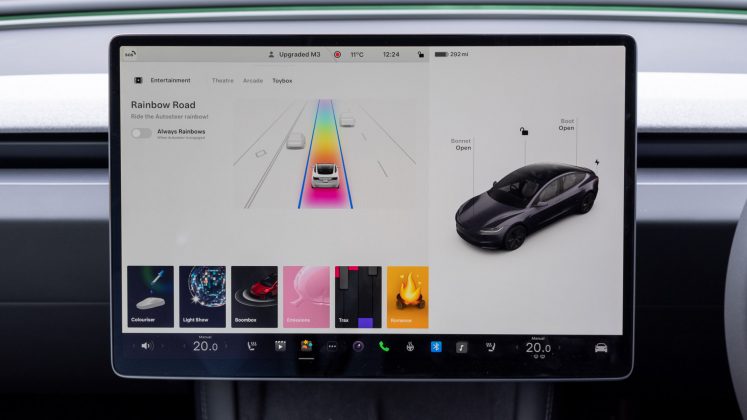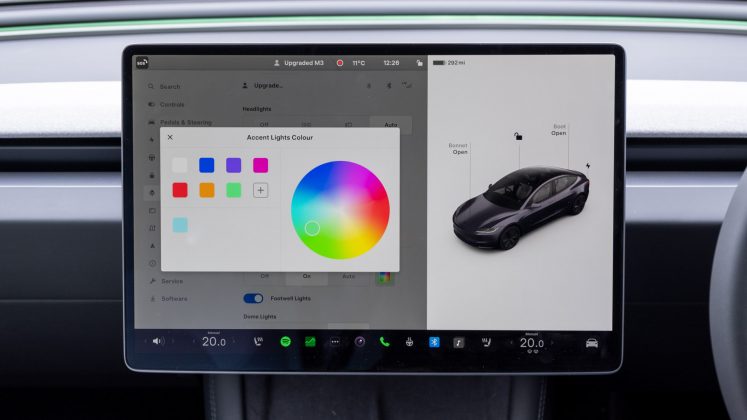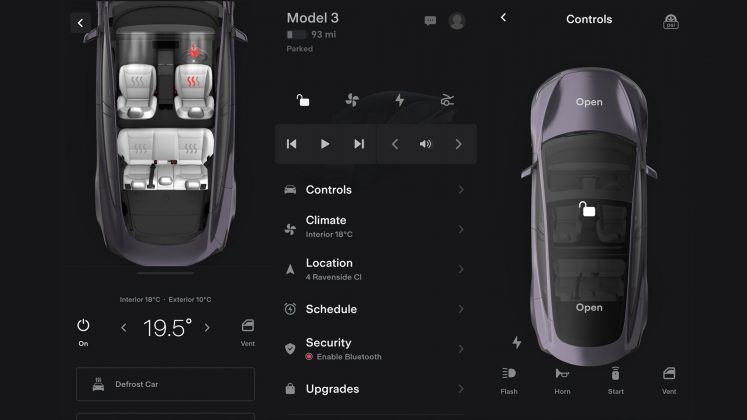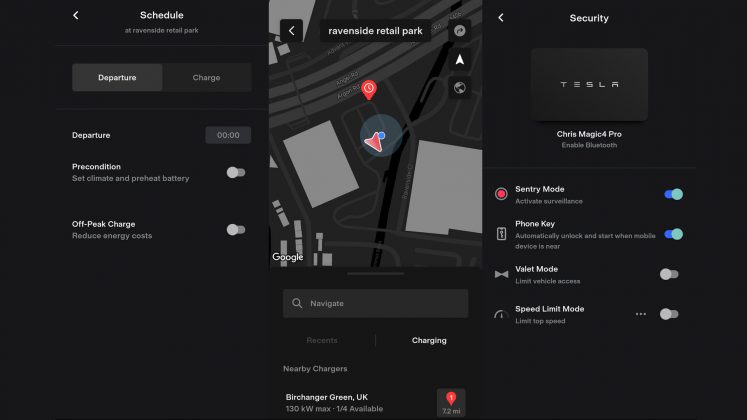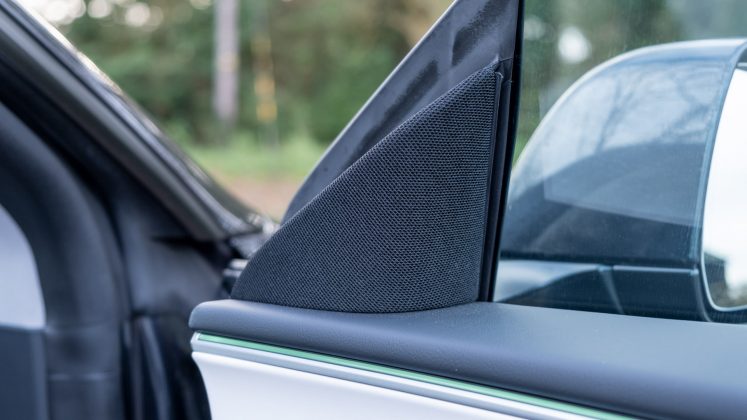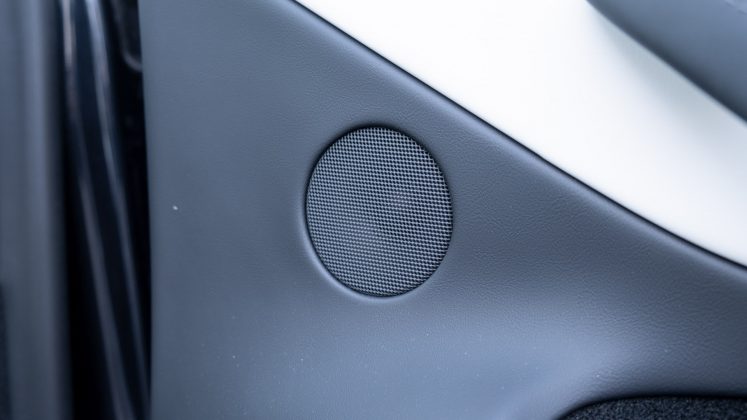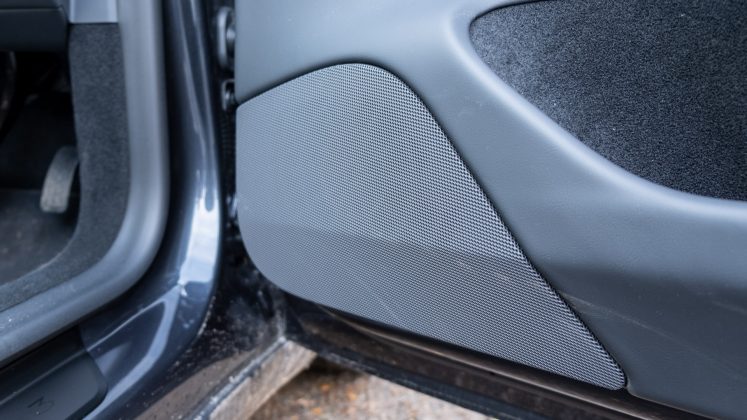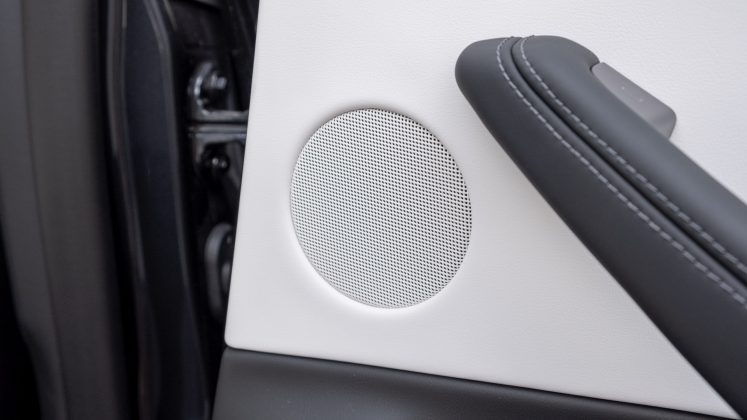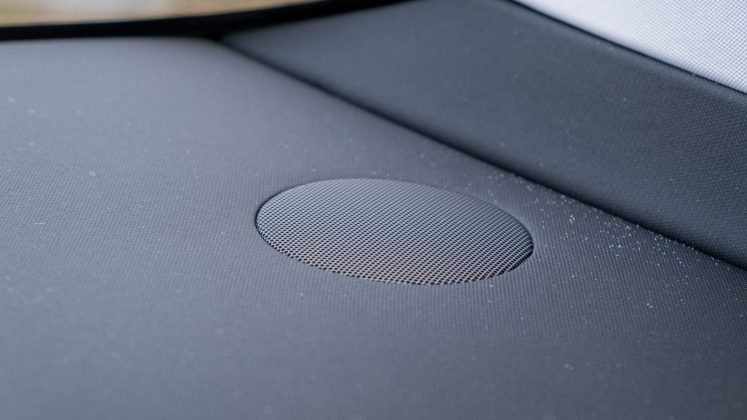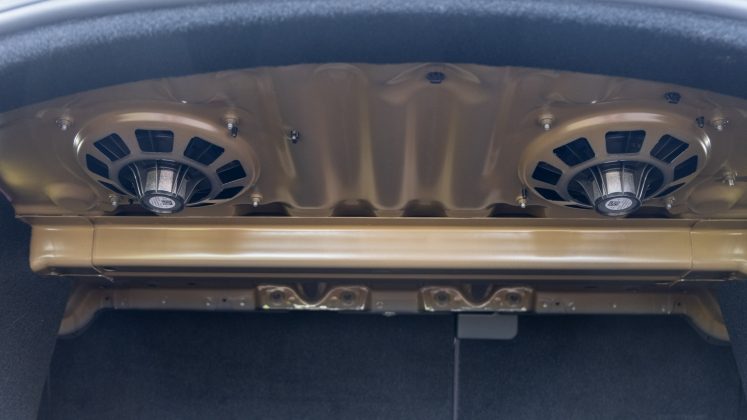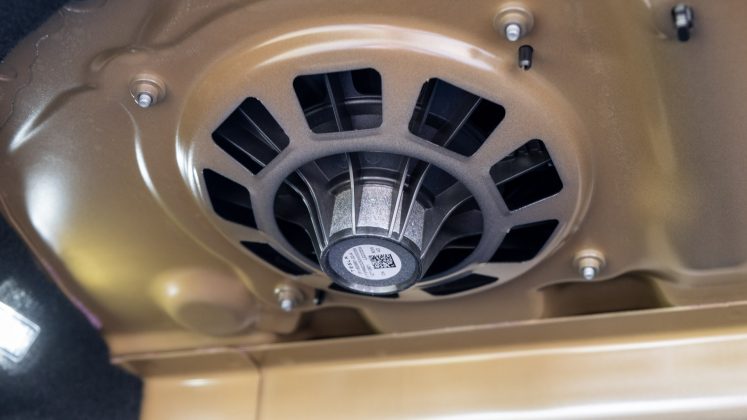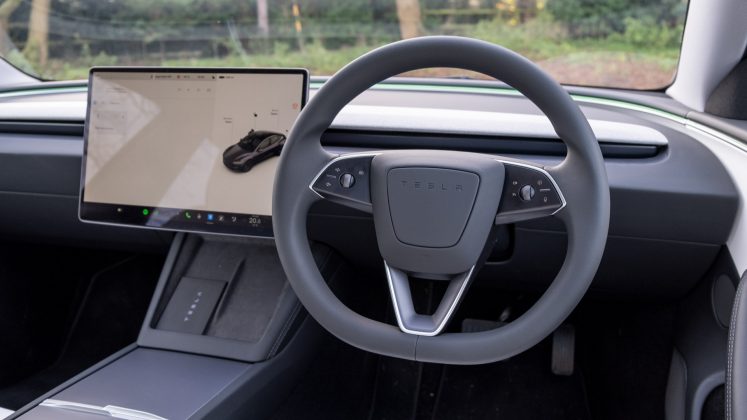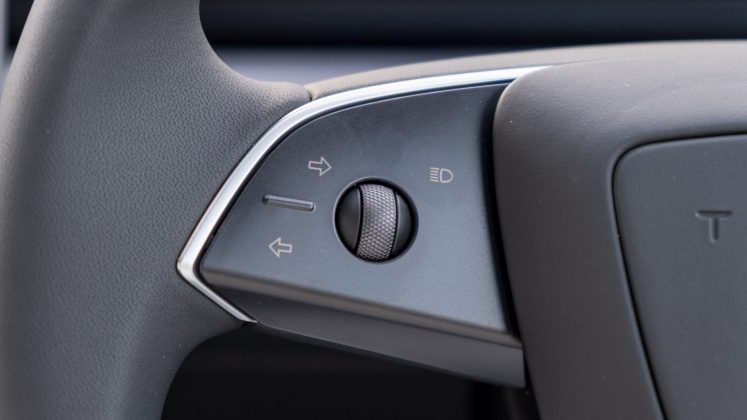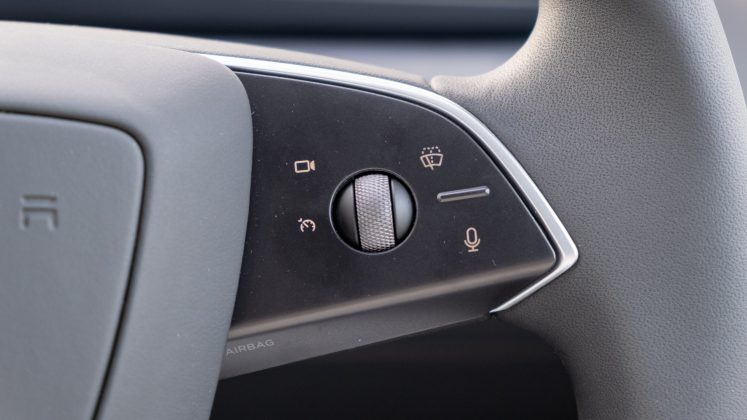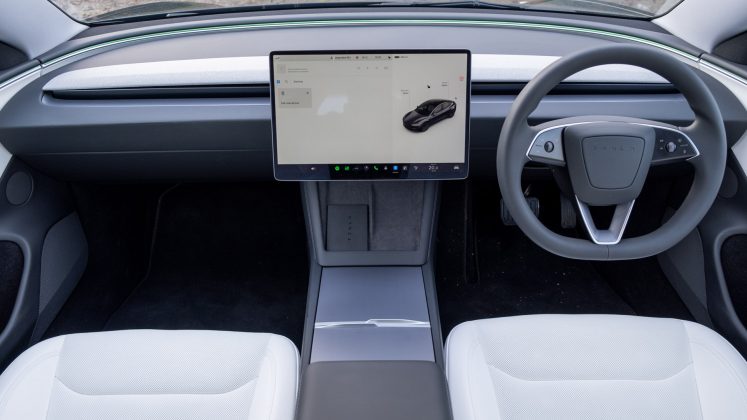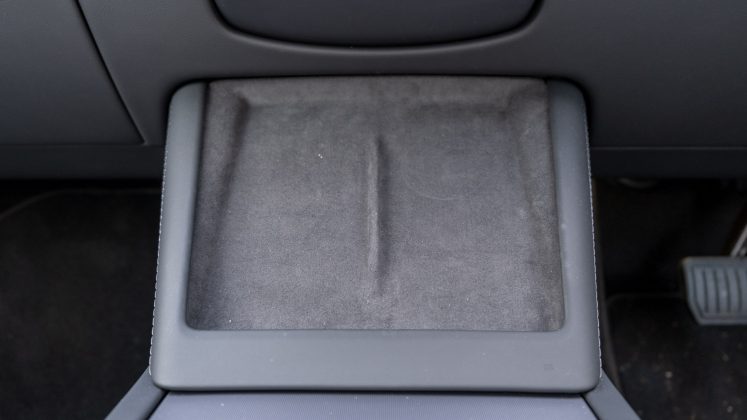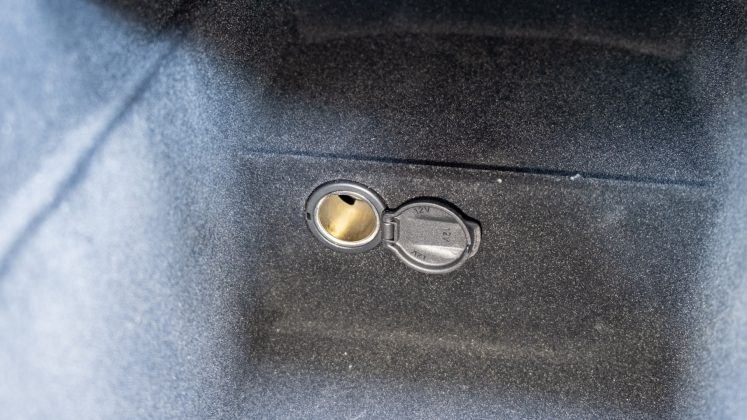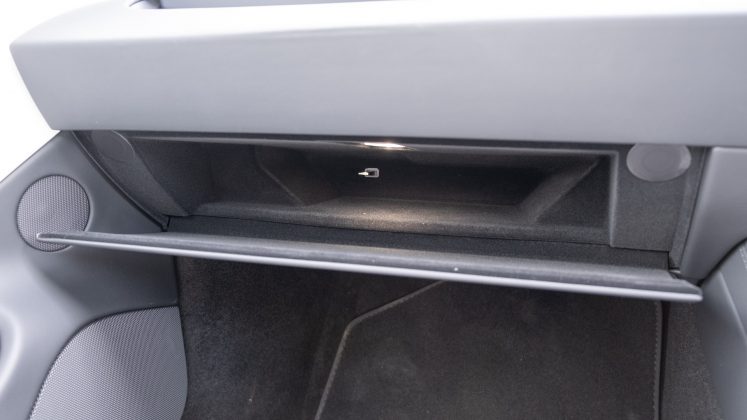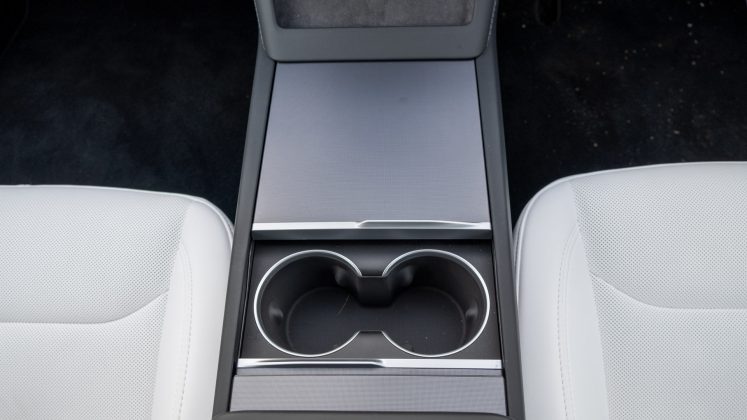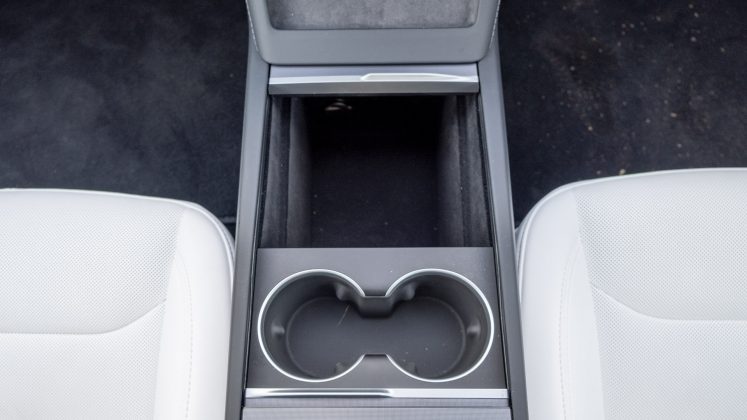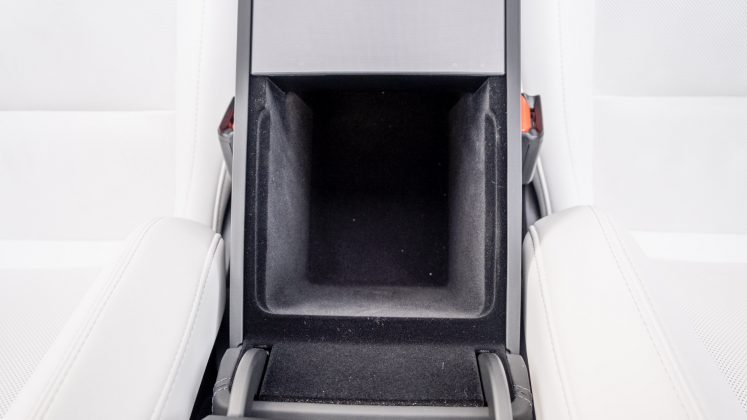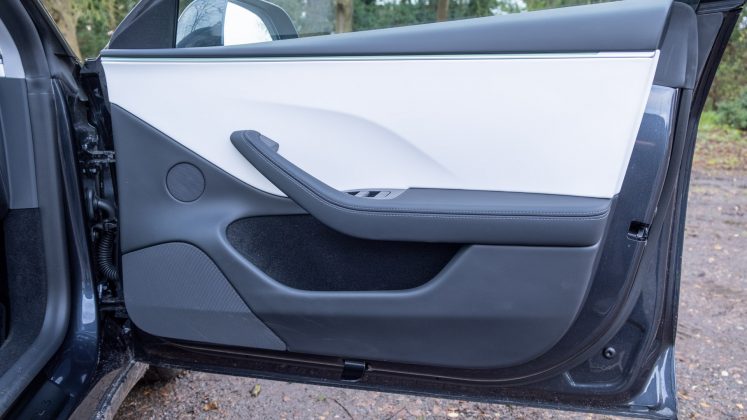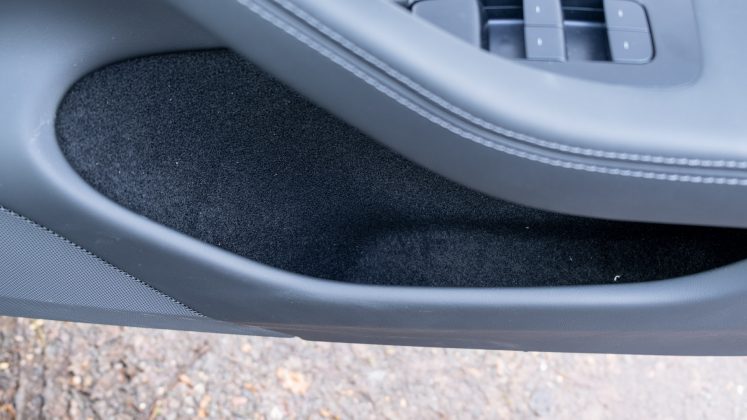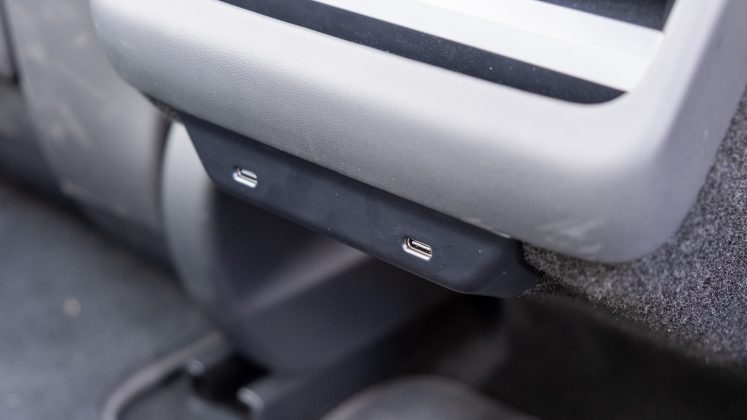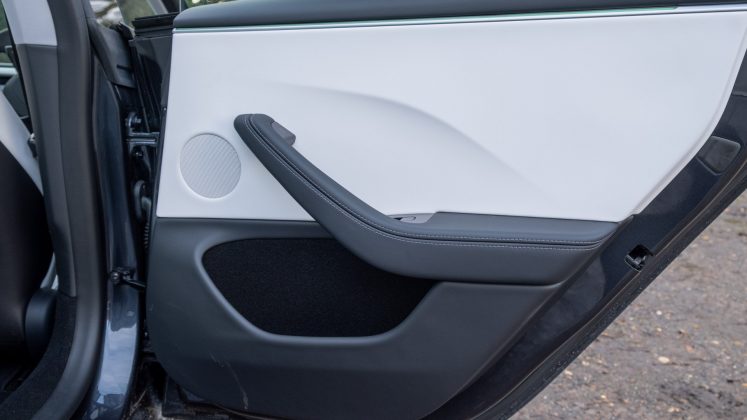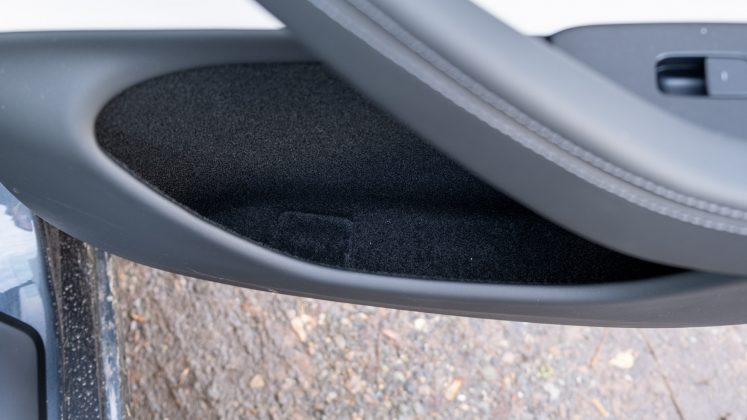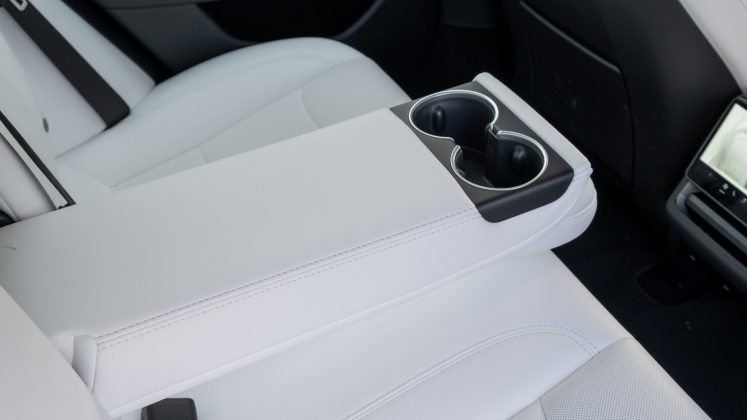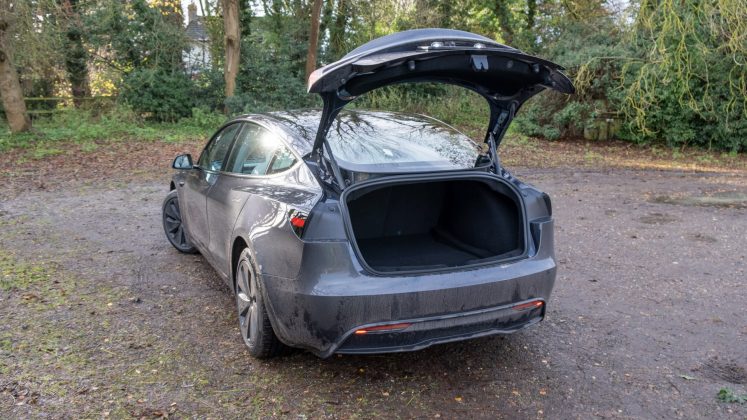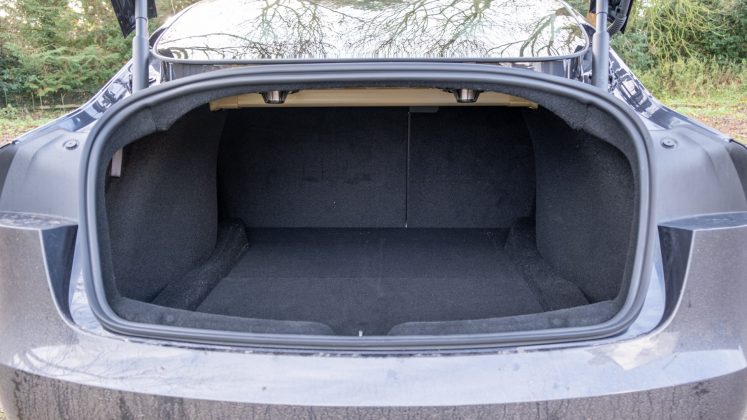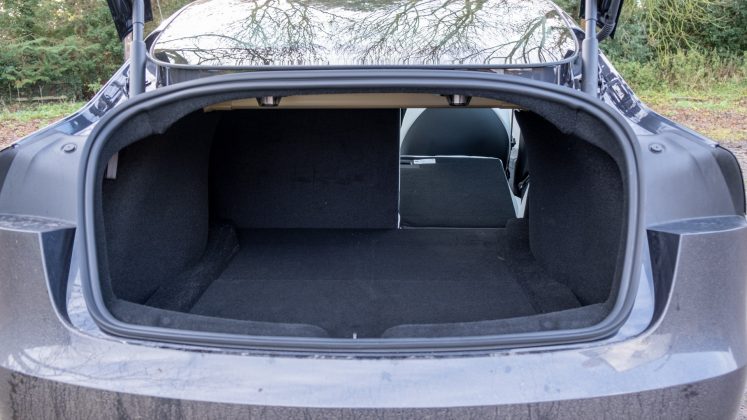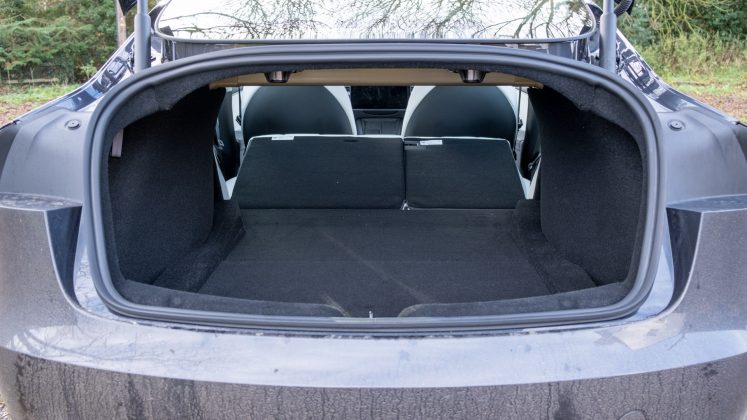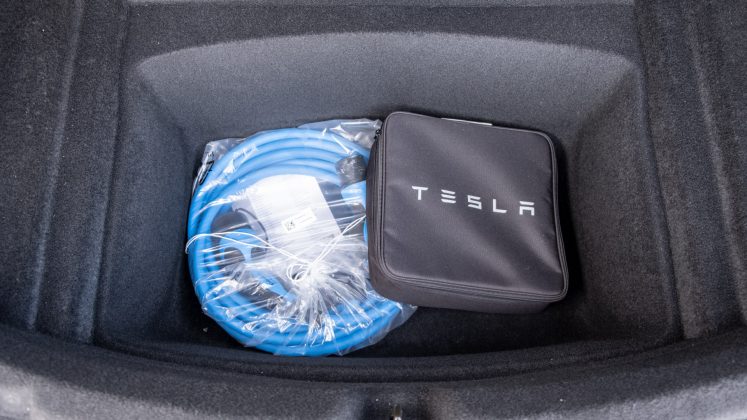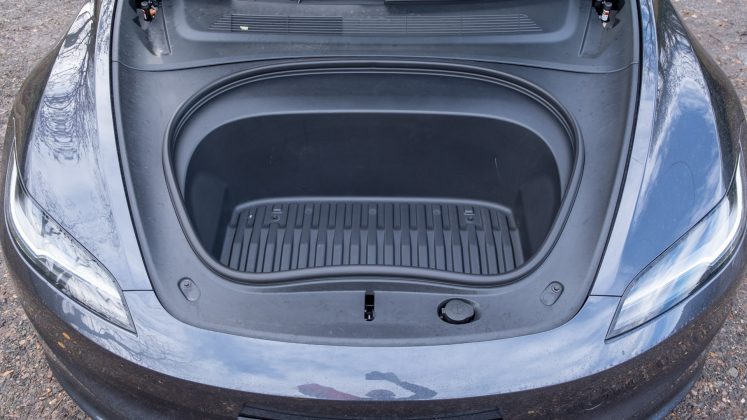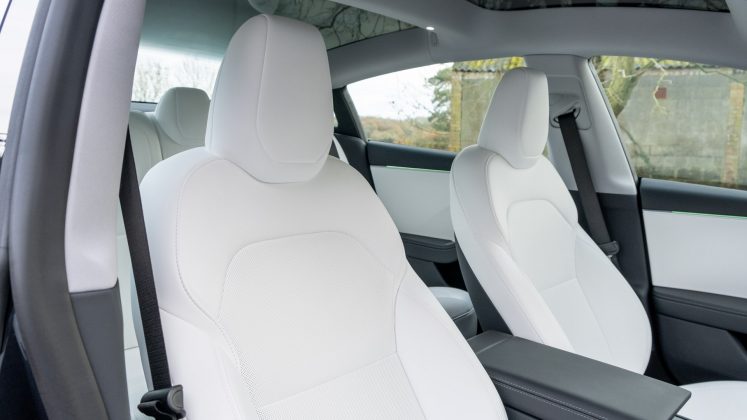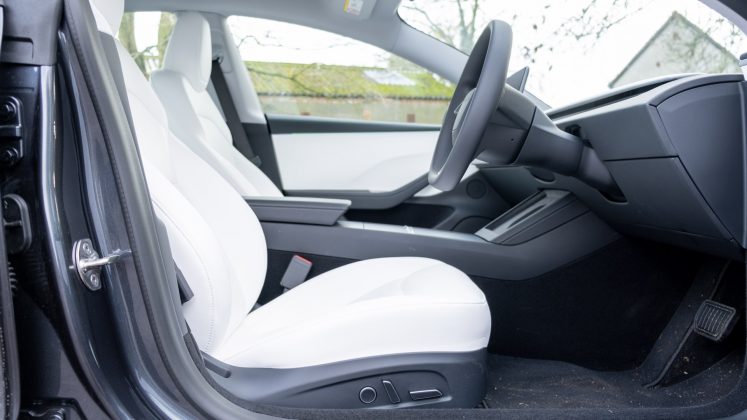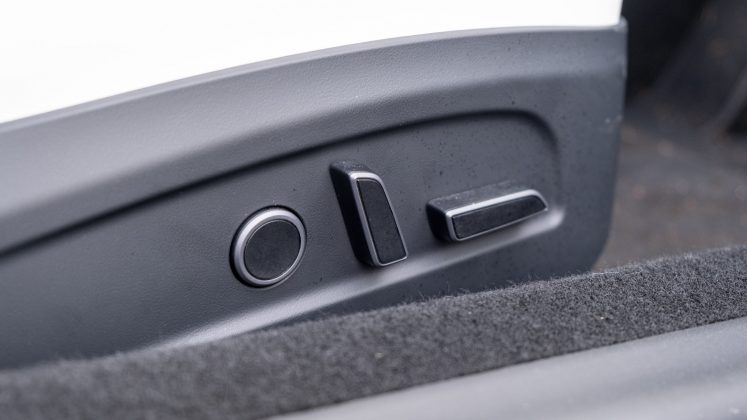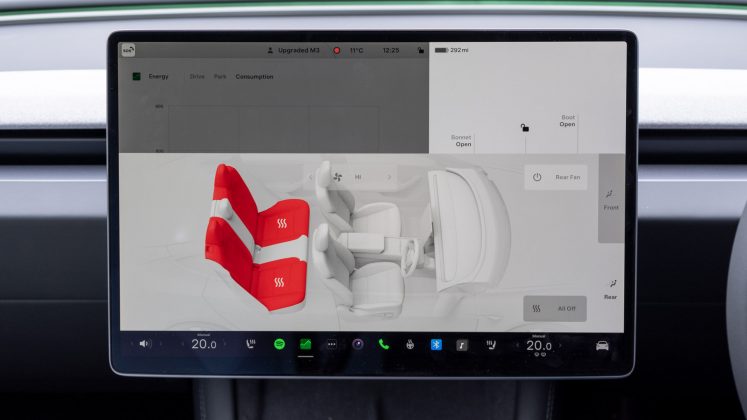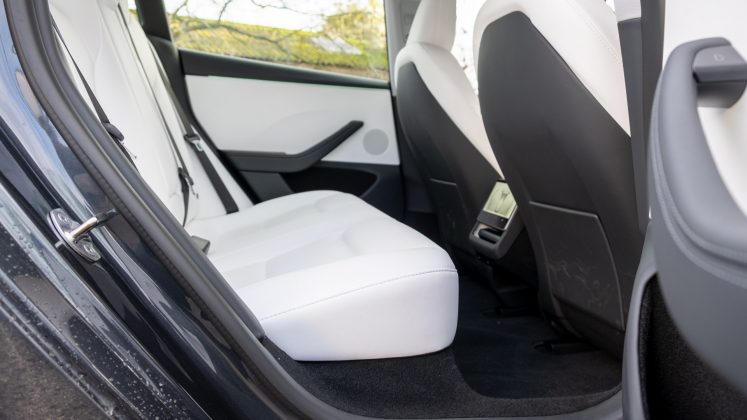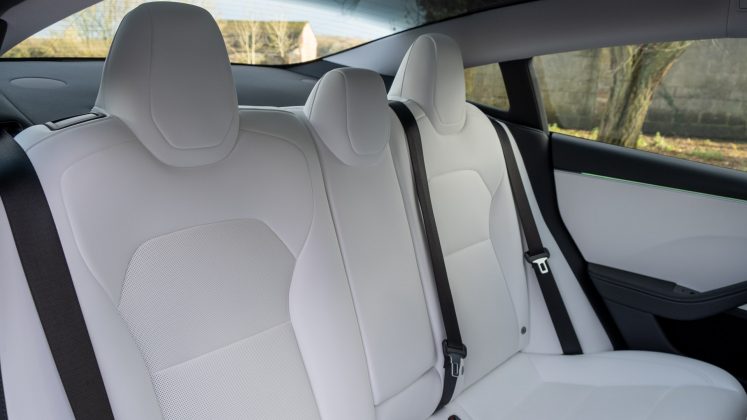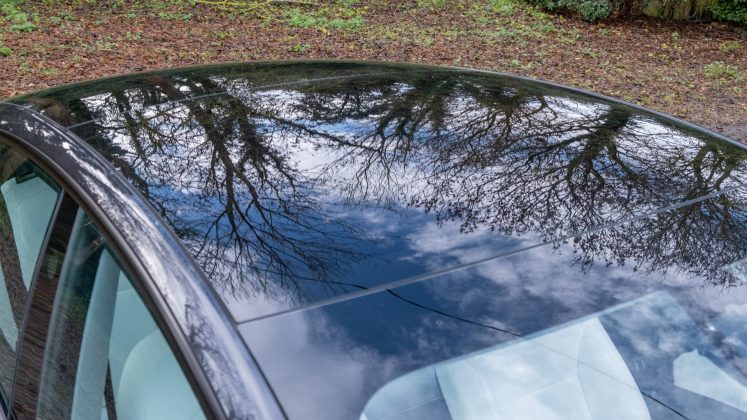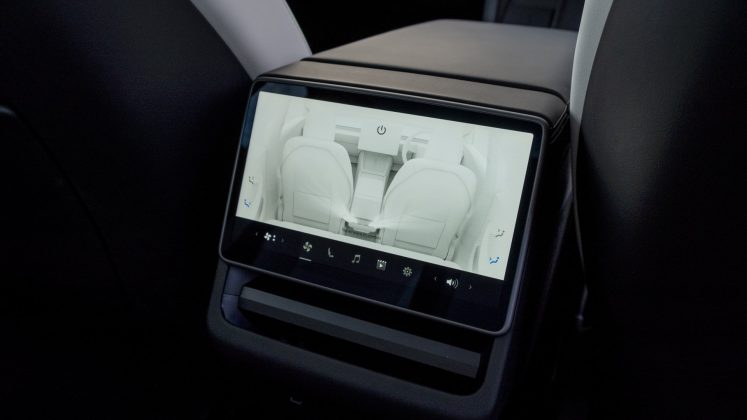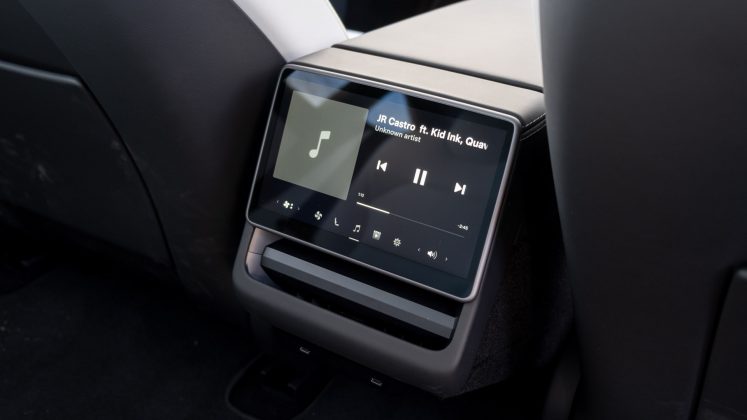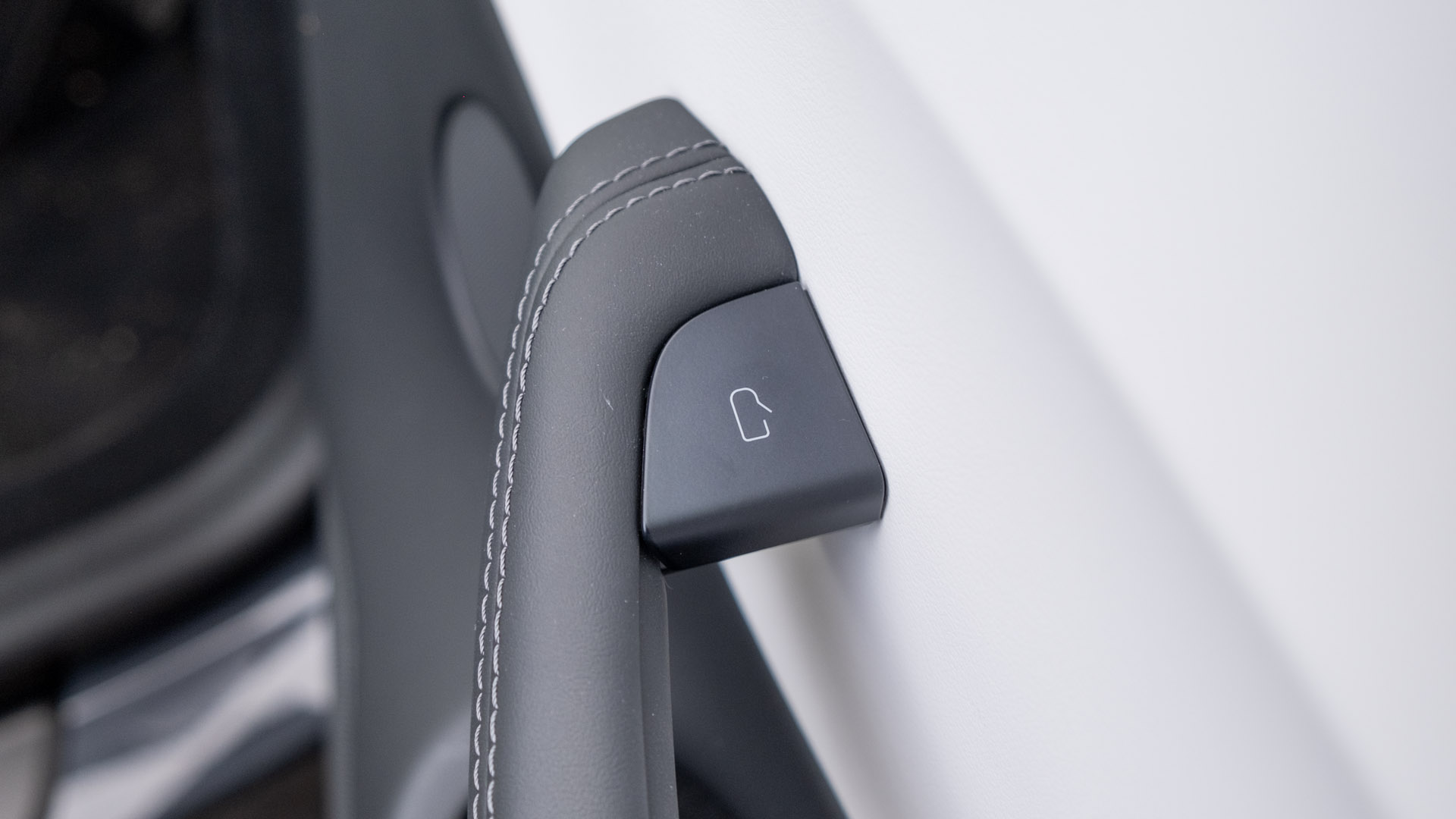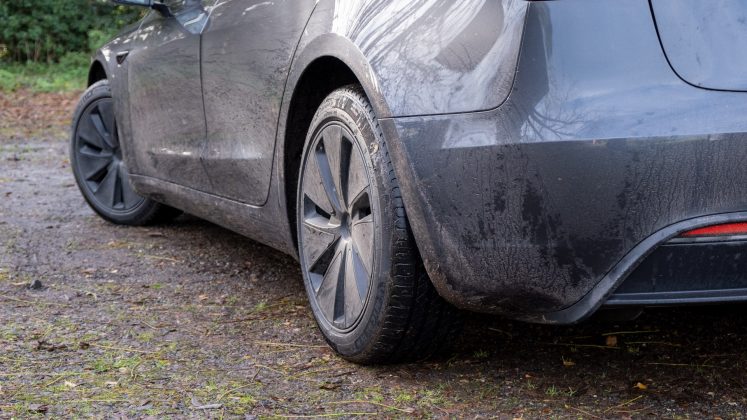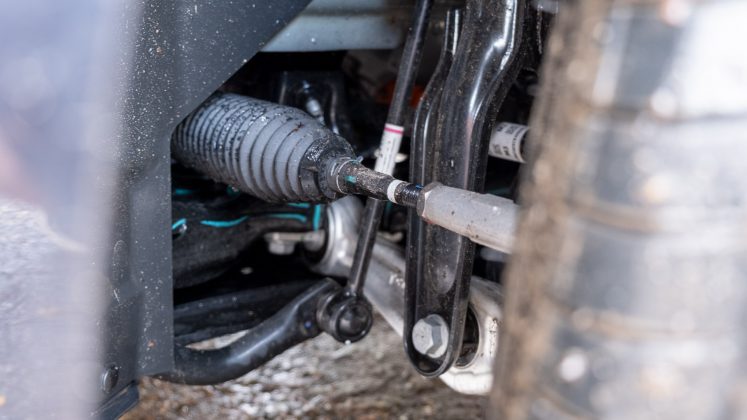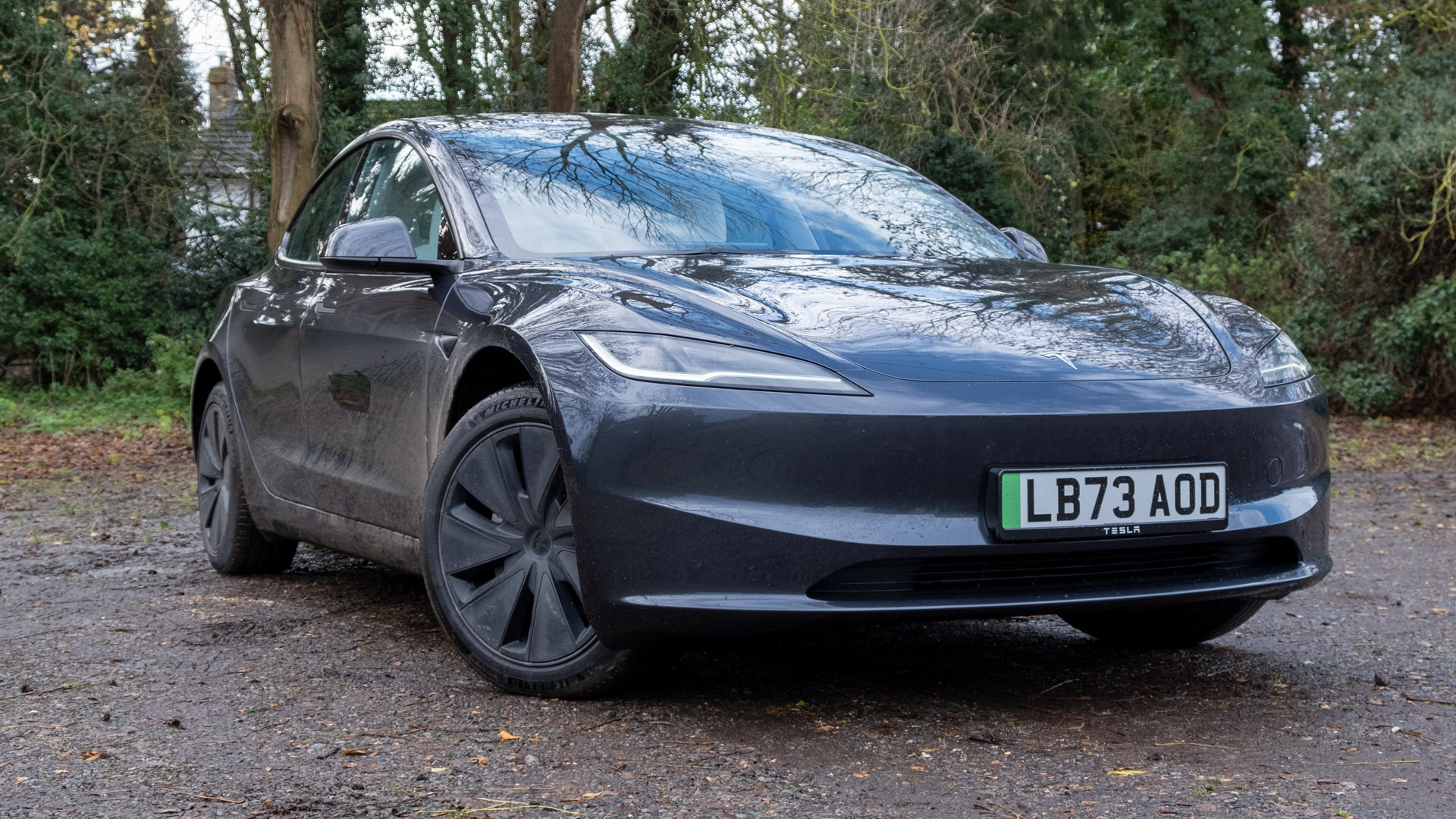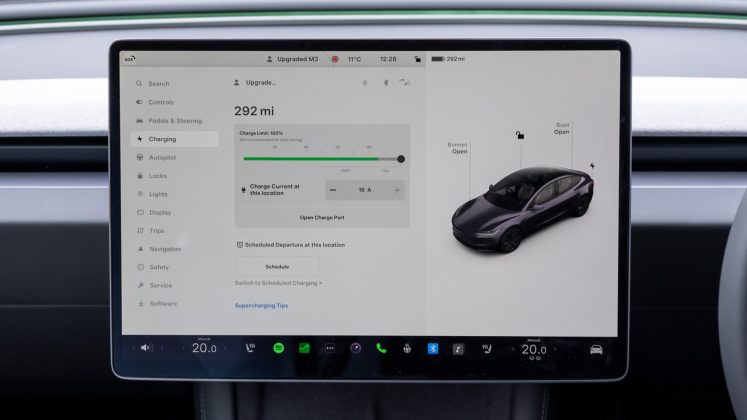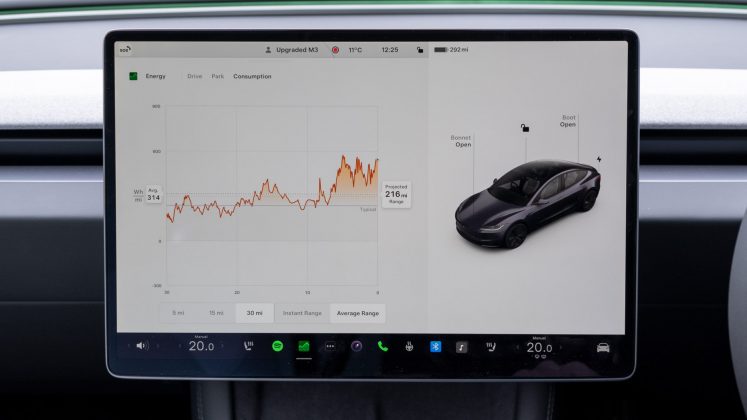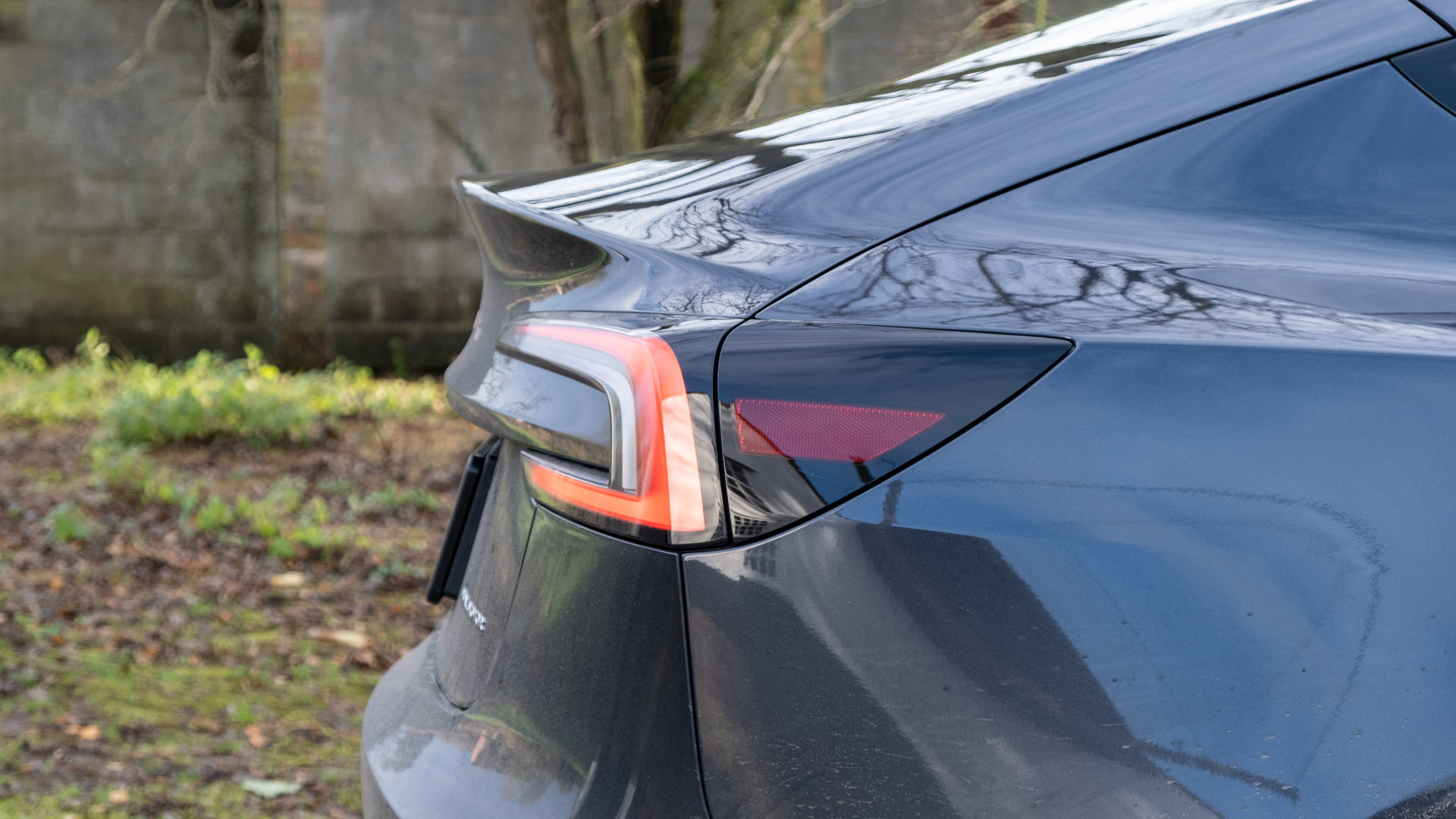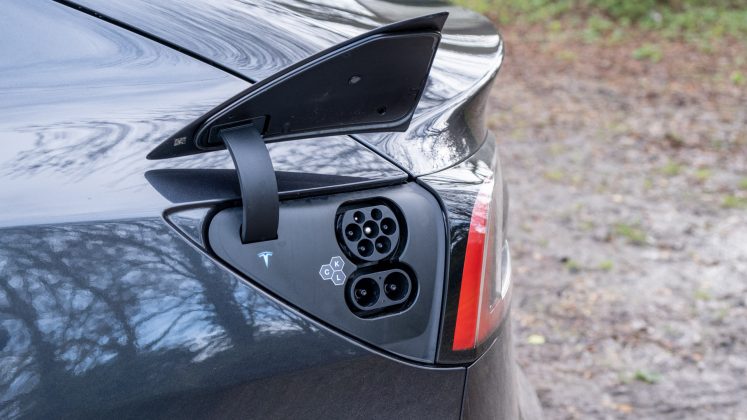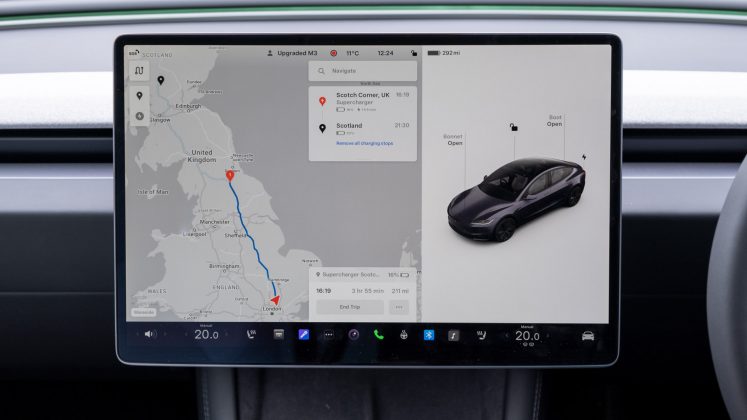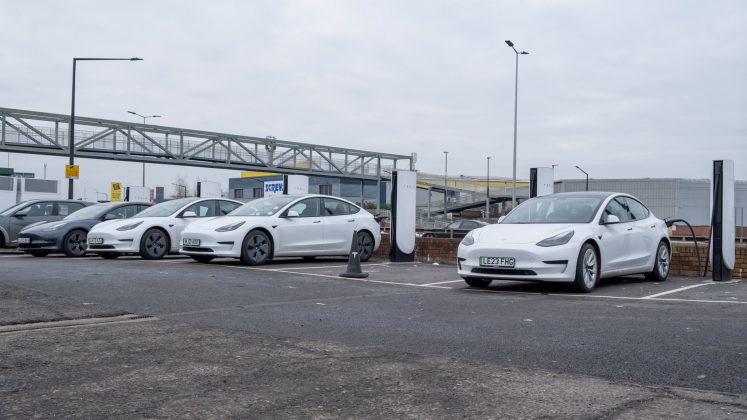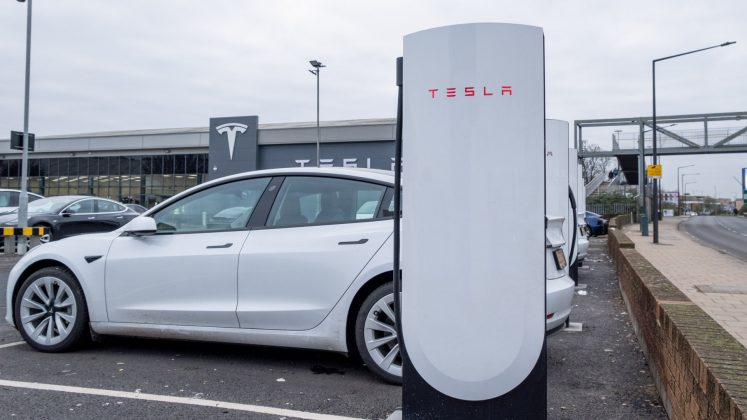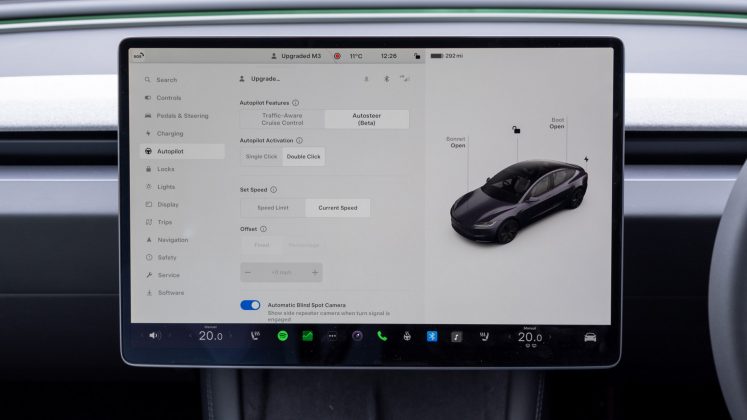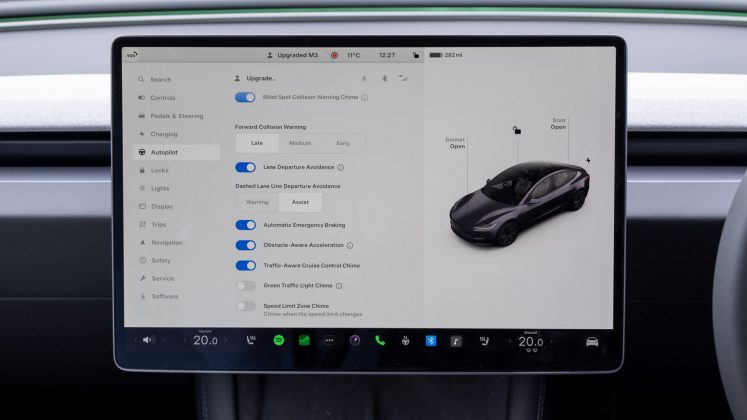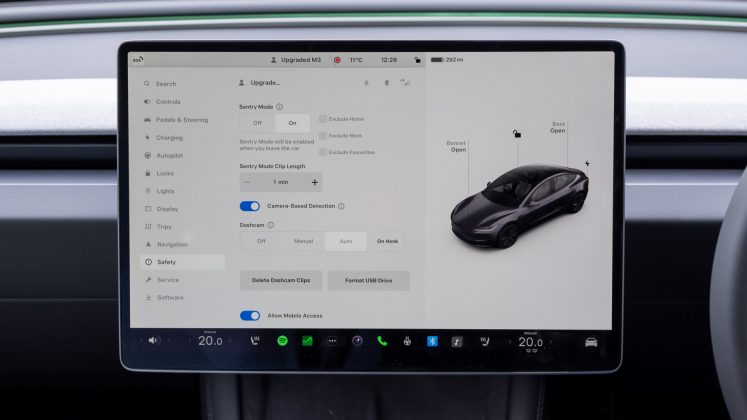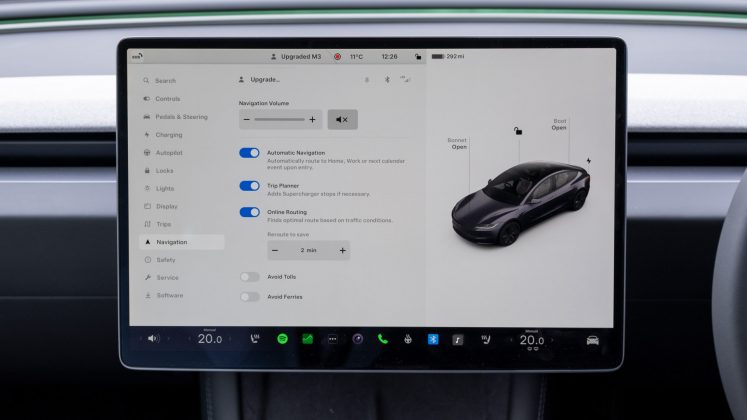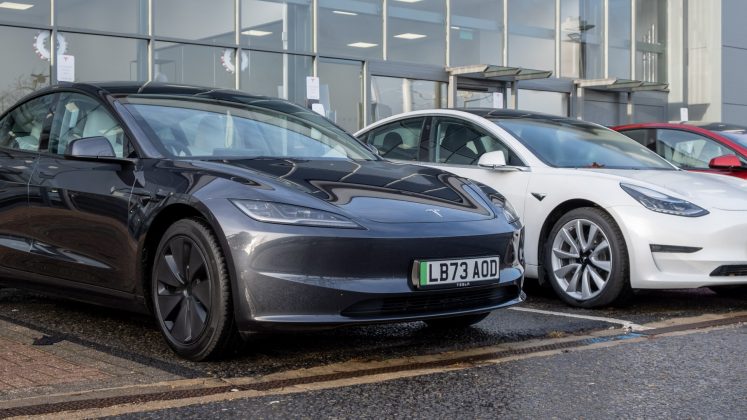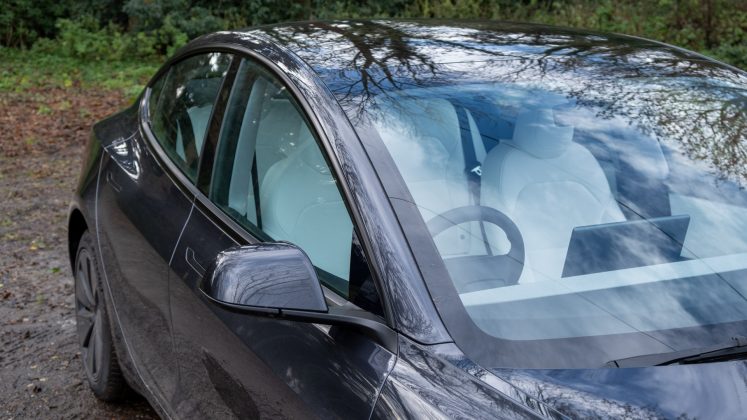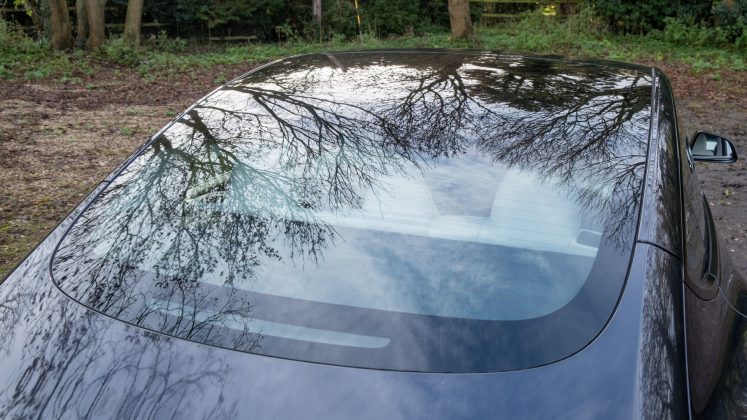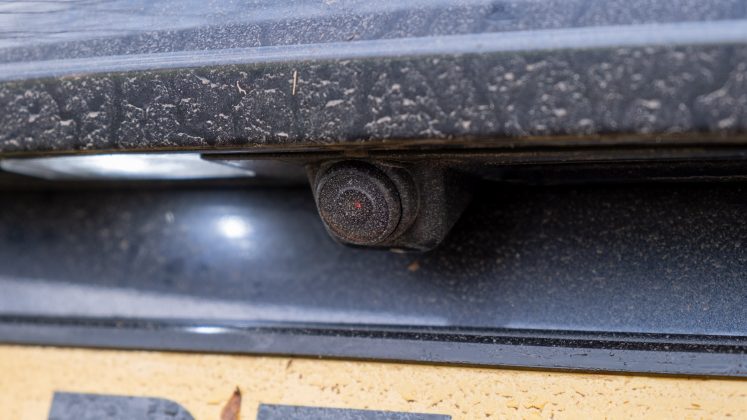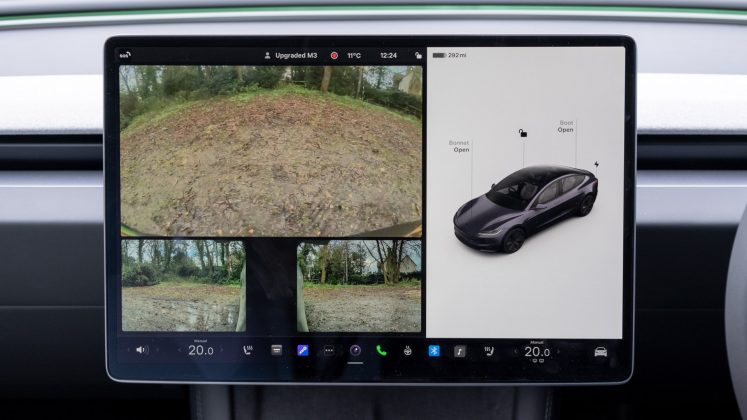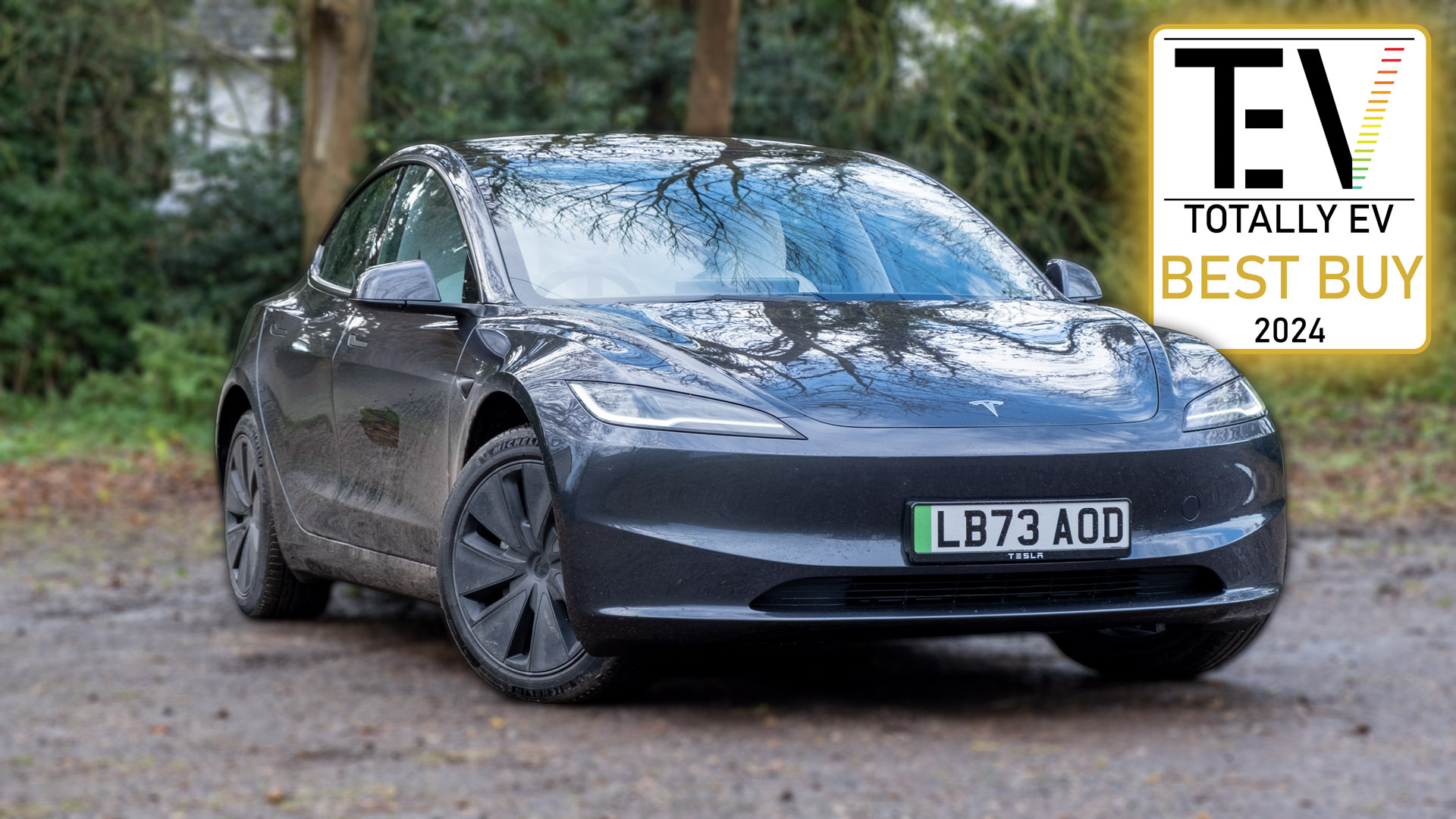The Tesla Model 3 is an all-electric saloon that has been around since 2017. It quickly rose to the top in becoming the world’s best-selling plug-in electric vehicle, and following its three-year reign was dethroned by its crossover SUV sibling, the Model Y. The Model 3 is still regarded as one of the most popular EVs and to us at TotallyEV, is the car that instigated the biggest change in the car industry and has been the benchmark for many – it provided a class-leading electric range, exceptional performance while being practical and was competitively priced.
However, a lot has changed since 2017 with a multitude of manufacturers competing for the same slice of cake. In an attempt to compete with the ever-growing list of new EVs, Tesla decided to completely refresh one of its most popular vehicles. The new Model 3, codenamed the ‘Highland’ offers numerous upgrades over its predecessor but with fierce competition from the likes of BMW, Polestar, Hyundai, Volkswagen, Cupra and BYD, can the updated model compete?
If you’d prefer to watch a review of the new Tesla Model 3 Performance, head on over to our YouTube channel. We also have dedicated videos of the Long Range and RWD models.
Tesla Model 3 price & competition
Despite the upgrades, Tesla has kept a competitive price. At the time of writing and in the UK, it’s available in three trims: the Rear-Wheel Drive at £39,990, the Dual Motor All-Wheel Drive (also known as the Model 3 Long Range) at £49,990 and the Dual Motor Performace at £59,990.
The differences between the RWD and AWD models come in the form of the size of the battery pack – thus, affecting the quoted range (318 miles vs 390/328 miles WLTP) and the maximum charging speed (170 kW vs 250 kW), performance and the audio system (9 vs 17 speakers). The entry-level Model 3 and Long Range are identical in their interior and exterior design, equipment and storage capacity.
There are, however, more notable differences with the Performance model, which has the Sport Seats, a carbon trim inside the cabin, a carbon fibre spoiler, larger rims, a slightly different front splitter, a flared rear diffuser and more importantly, upgraded brakes and an adaptive suspension system.
Find the best Tesla Model 3 deals
In terms of the alternatives, there are a few hatchbacks and saloons to consider: the Fiat 500 Electric from £24,995; BYD Dolphin from £26,195; MG4 EV from £26,995; Peugeot e-208 from £28,200; Nissan Leaf from £28,495; Mini Electric from £30,000; Smart #1 from £31,950; GWM Ora 03 from £31,995; Vauxhall Corsa-e from £33,730; MG4 EV XPower from £36,495; Cupra Born from £35,495; VW ID.3 from £37,700; Peugeot e-308 from £38,550; Polestar 2 from £44,950; BYD Seal from £45,695; Hyundai Ioniq 6 from £47,040; BMW i4 from £51,270; VW ID.7 from £51,550; BMW i5 from £67,695; Porsche Taycan from £86,500; Porsche Taycan Cross Turismo from £96,800; Tesla Model S Plaid from around £100k; Audi S e-tron GT from £108,680.
Read next: Old Tesla Model 3 review: Should you buy into the hype?
Tesla Model 3 exterior review
One of the most noticeable changes over the previous generation model comes from its exterior design. The front of the vehicle has a more aggressive and uniform look to it, somewhat reminiscent of the Ferrari 296 and Roma. This is partially thanks to the thin and accentuated headlights.
From the side, it’s largely unchanged with concealed door handles that require a certain technique to be operated and body-coloured wheel arches that give the Model 3 a sleek profile. The pictured 18″ Photon Wheels are standard in the RWD and AWD models, while the 19’’ Nova Wheels will set you back £1,500. In the Model 3 Performance, 20” Forged Wheels are fitted as standard instead.
Regarding your colour options, Pearl White Multi-Coat is the default finish, with Deep Blue Metallic and Solid Black costing £1,300. Meanwhile, Ultra Red and the pictured Stealth Grey cost a whopping £2,000.
As for the rear, the integrated spoiler gives it a sporty flair, with the Performance model going that extra mile with a carbon fibre add-on. The new Model 3 seemingly has a more sloped profile. The badge has also been replaced with the ‘Tesla’ wording, with the Performance model having the Performance badge stuck on too. The combination of all the design changes gives the new Model 3 a drag coefficient of just 0.219 Cd, an improvement over the previous-gen model that sat at 0.23 Cd – lower is better as it aids efficiency.
In terms of its towing capacity, with the Tow Hitch that costs an additional £1,300, it’ll allow you to tow up to 1,000kg for braked trailers and 750kg for unbraked trailers; rather low figures given some of its competitors offer better capacity.
Reax next: Smart #1 review: The best new EV?
Tesla Model 3 interior review
The interior has also had a refresh, namely with the materials around the dashboard and door cards that have been elevated over the previous-generation model – the Performance model has a carbon-styled trim on the dashboard. Customisable ambient lighting also wraps around the cabin. To some extent, it’s similar to what Volkswagen did with the updated ID.3; keeping things familiar while upping the quality. Still, these vehicles are no match to the likes of the BMW i4, Hyundai Ioniq 6, Smart #1, Polestar 2 and the BYD Seal, which all look and feel more luxurious.
Of course, being a Tesla the Model 3 has a minimalist design with the central 15.4″ display dominating the dashboard. It’s a shame that unlike the Model S Plaid it cannot be swiveled towards the driver or front passenger, which would have been a nice touch at this price point.
Almost all the vehicle’s operations are conducted through it, including the drive mode. Indeed, Park is initiated by tapping the ‘P’ sign, Neutral by ‘N’, while to drive forwards you have to swipe up and the opposite if you want to select Reverse. It certainly takes some getting used to, but once you get your head around it, it becomes second nature.
There’s also the ‘Autoshift Our Of Park’, which is currently in Beta. It uses the exterior camera system to automatically determine if you should go forward or backwards when you’ve entered the vehicle – allowing you to step inside and drive away without even having to lift a finger. It works most of the time, but there were instances where it got it wrong. So, it’s still worth keeping a close eye on the selected gear or simply doing it yourself by disabling said feature via the infotainment system.
Buy a car phone mount on Amazon (Affiliate)
We should note, that if the display is to malfunction, there is a set of touch-sensitive buttons located towards the front reading lights, which will allow you to perform the basics, ie. Park, Reverse, Neutral, and Drive; theoretically, you shouldn’t ever get stranded.
On that note, all your climate controls are on the 15.4″ display, which isn’t a problem when you’re at a standstill, but is a bit of an ordeal when on the move. Thankfully, the infotainment system is extremely responsive. It’s among one of the best, if not the best, in the world. The system is buttery smooth, intuitively laid out and provides a good degree of customisation. All your vehicle settings are accessible by the touch of a button.
Better still, the infotainment system is loaded with useful tools and even has a bunch of entertaining apps, which allow you to play games when you’re at a standstill – handy when you’re charging. However, much like every Tesla on the road, Android Auto and Apple CarPlay are still missing. One can’t use third-party navigation apps or achieve high-quality audio playback from files stored on your smartphone. Granted, there is USB playback and a few high-res streaming services available via the infotainment system through a paid subscription service (£10/month), but having the option would have been appreciated.
Speaking of which, the new Model 3 has nine speakers in the entry-level trim and 17 speakers in the all-wheel drive variants. An upgrade over its predecessor that housed 7 and 14 speakers, respectively – the original models housed 8 and 15. The new AWD audio system adds a lot more bass and is among one of the best-sounding systems one can attain in an EV. Equally, the RWD audio system performs tremendously well across the sound frequency range, especially for a vehicle at its price point. If you’d like to hear how the 17-speaker system sounds, watch our detailed review on YouTube. We’ve also got a detailed review of the nine-speaker system.
There’s also the Tesla app, which is extremely responsive, can be used to check on your vehicle from afar via Sentry Mode, and serves as a wireless key. You can also use the key card to access the vehicle or purchase a key fob.
While that’s all very impressive, it’s a shame that a Head-Up Display (HUD) and an instrument cluster don’t come fitted as standard nor are they available as an option; rather surprising given the amount of tech that’s within the Model 3’s cabin. It will take some getting used to and will require you to take your eyes off the road and look at the top corner of the centre display to check your traversing speed. Frustrating to say the least.
This brings us to the most controversial topic of the vehicle, the omission of the physical stalks. Indeed, the manufacturer has eradicated them in favour of controls via the steering wheel and display. No issues with the onscreen gear selector but the haptic buttons which are used to indicate, operate the windscreen wiper and flash your lights, are a step too far.
Granted, this isn’t much of an issue for those in the US who will generally drive in a straight line or indicate when at a standstill, but try finding the indicator button when you’ve got a partial lock and exiting a roundabout – a complete and utter disaster. We’d go as far as saying that it’s unsafe and could even lead to accidents occurring as you’re not looking at the road, but rather at the steering wheel. There’s also a question surrounding longevity, as with multiple uses, these buttons will get worn and might even fail; it’s already been documented by new Model S Plaid owners.
Read next: Hyundai Ioniq 6 review: Better Than Tesla, BMW & Polestar?
Tesla Model 3 storage review
If the above hasn’t put you off, then you will be pleased to learn that storage within the cabin is excellent and arguably class-leading. At the front of the centre console, there are two wireless chargers, which are also lined in fabric.
Further down, there are a few storage compartments: there are two cupholders and underneath there’s a large place to store your valuables, where you’ll also find the 12V socket. There’s yet another area within the centre armrest compartment for additional storage, which also houses a high-speed 65-Watt USB Type-C port that is used to charge your phone at a rapid rate; two more 65-Watt Type-C ports can be found at the rear of the centre console.
Find the best Tesla Model 3 deals
There is also the slender magnetic glove box, which is unlocked through the infotainment system. This means you can set a PIN code to secure any valuables. Within the glove box resides the USB Type-A port, which is used for dashcam footage or high-res audio playback.
As for the door bins they’re all lined in fabric, with the front two large enough to accommodate a 500ml bottle alongside small-to-medium-sized valuables, while the rear two are a little more limited but still plentiful. There is also the pull-down rear armrest, which reveals two cupholders. It’s a shame that the elongated piece doesn’t provide any additional storage.
Aside from storage within the cabin, there’s the boot, which is even more sizable than before; 594 litres up from 425 litres of its predecessor. Unfortunately, the manufacturer hasn’t divulged the total capacity with the seats down, but one can only estimate that it sits in the 1,300-1,400 range – making it one of the largest in its category.
To those figures into context, here’s how it stacks up to other all-electric saloon/hatchbacks: Tesla Model S Plaid (709/1,739 litres); VW ID.7 (532/1,586 litres); BMW i5 (490/~1,400 litres); BMW i4 (470/1,290 litres); Porsche Taycan Cross Turismo (446/1,212 litres); Nissan Leaf (435/1,161 litres); Hyundai Ioniq 6 (401/1,100-1,300); BYD Seal (400/1,100-1,300); Audi e-tron GT (405/~1,150 litres); VW ID.3/Cupra Born (385/1,267 litres); Peugeot e-308 (361/1,271 litres); Polestar 2 (405/1,095 litres); BYD Dolphin (345/1,310 litres); Porsche Taycan (366/~1,100 litres); MG4 EV (363/1,177 litres); Smart #1 (421/989 litres); Peugeot e-208 (311/1,106 litres); Vauxhall Corsa-e (267/1,076 litres); GWM Ora 03 (228/858 litres); Mini Electric (211/731); Fiat 500 Electric (185/550 litres).
Better still, there’s a sizable 88-litre frunk (area under the bonnet). This can be handy for taking certain goods or storing your charging cables. However, unlike the tailgate, the frunk isn’t electronically operated. Rather, it can be released electronically but will need to be opened and closed manually.
In terms of convenience, the electric tailgate doesn’t have that convenient hatchback design like the BMW i4 or Polestar 2, but is still easy to load in and out goods. On that note, there’s a flat loading bay, 60:40 rear-split folding seats, and there’s an enormous underfloor compartment too. Given the vehicle’s design, there’s no need for a boot load cover, but it would have been nice to see an integrated ski latch.
Read next: VW ID.3 review: The newly improved electric hatchback
Tesla Model 3 comfort review
Storage space is certainly one of the Model 3’s fortes, and it’s also comfortable within the cabin. However, in the Performance model, the Sport Seats are a little stiffer and therefore can be a little uncomfortable on longer journeys; the bolstered sides make you feel a bit more snug, which is important when it comes to cornering at speed.
No matter which model you end up choosing, headroom and legroom for 6-foot 2-inches (188cm) individuals is a non-issue. Similarly, at the rear, it’s been optimised with a completely flat footwell.
With that said, those with longer legs might feel a little uncomfortable on longer journeys due to the seats being diagonally wedged; the same could be said about most EVs out there on the market, so we can’t be overly critical. As for the rear middle seat, it’s unsurprisingly a little more limited, with headroom a little bit of a squeeze for adults. Speaking of which, Tesla has removed the ability to heat the middle seat, which is a shame as it was quite a novelty. Thankfully, the rear outer seats can still be heated.
As for the front of the cabin, the seats are electronically adjustable, heated and ventilated – the latter being a new addition to the Model 3 line-up. The steering wheel is heated too and there’s a panoramic glass roof. All these features would usually cost an additional extra in rival offerings, so it’s refreshing to see them all fitted as standard on the Model 3. Note, a black interior comes as standard, while the pictured Black and White interior costs an additional £1,100.
Read next: MG4 EV XPower review: Porsche performance for £36K?
On that note, there’s a high-resolution 8″ touchscreen display at the rear of the cabin – similar to what you’d find in the manufacturer’s flagship vehicle, the Model S Plaid. This not only serves as a means of adjusting the climate but can also be used for entertainment purposes – your rear occupants can watch YouTube or Netflix (when the Premium Connectivity subscription is taken) among a few other services, which is excellent for longer road trips.
Very much like a lot of EVs and other Teslas, the Model 3 has a pressure sensor within the driver’s seat. This makes it intuitive when you’re a singular occupant going in and out of the vehicle, as it powers on and off the vehicle respectively. Should others be sitting inside while the driver is out running errands, it is still easy to turn on the infotainment system or climate controls with a singular tap on one of the displays; good optimisation by the American automaker, as other manufacturers require you to press a Start/Stop button located by the steering wheel column or by physically pressing down on the driver’s seat.
Another positive trait of the Tesla is its intuitive door mechanism. A simple press of the button within the cabin releases the door, which makes exiting the vehicle a breeze. In the case of an emergency, the doors can be manually opened by pulling on a release lever.
As for cabin noise, it’s kept down to a minimum – much like its predecessor, the new Model 3 is among one of the quietest around. Tesla has upped the ante to include 360-degree acoustic glass and upgraded the seals to improve wind noise by 30%, road noise by 20%, ambient noise isolation by 30% and impact noise by 25% over the outgoing Model 3. The combination leads to a slightly more serene interior. You’ll find our in-cabin measurements by reading our dedicated audio review.
Tesla Model 3 performance review
What’s more, is that the suspension system has received an upgrade. At the front, you have independent, double wishbone, coil spring/telescopic damper, and a sway bar, while at the rear, independent, multi-link, and coil spring/telescopic damper setup. This all yields for a more comfortable driving experience, with the suspension soaking up more of the road’s anomalies.
This has particularly improved in the Model 3 Performance, which has adaptive dampers – making it the most comfortable in the line-up and arguably one of the key selling points of the Performance model. The adaptive suspension system is adjustable via the infotainment system with the “Standard” and “Sport” configurations available. The former gives you a more pleasurable driving experience, while the latter stiffens things up to make it more adept in cornering.
Granted the Model 3 Performance’s adaptive suspension won’t quite compete with the more advanced configuration found in the Model S Plaid or more comparably, the magnificent adaptive suspension systems in the BMW i4 and the AWD BYD Seal, but it’s still a massive improvement over last generation’s model and the new Model 3 Long Range.
Indeed, its AWD sibling doesn’t feature the adaptive system and as a result suffers from harsh rebounds, which can be heard and felt within the cabin; particularly noticeable when traversing trickier terrain.
Intriguingly, despite the entry-level Model 3 RWD not having the adaptive setup, we found it to be more comfortable to drive in comparison to the AWD Long Range. Our theory is that the RWD model is lighter due to the omission of a front-mounted motor and because it houses a smaller battery pack. This combination yields a more pleasurable drive especially in and around town.
As for the driver’s feel the new Model 3 doesn’t match the BMW i4, BYD Seal and Polestar 2, which all elevate the EV driving experience by providing a better sense of connection with the front axle. Still, we’d pick the Tesla’s responsive steering wheel over the Hyundai Ioniq 6, the MG4 EV and the Smart #1.
The Model 3 also feels planted, be it if you opt for the rear-wheel drive (RWD) or all-wheel drive (AWD) variant. Both provide excellent confidence when exiting corners or when dealing with muddy and wet tarmac. Of course, the AWD is superior in this department, as it evenly distributes power to the front and rear axles, giving you flawless throttle delivery. Other AWD EVs also fare similarly, however, some such as the MG4 EV XPower struggle in this department.
Another box that can be ticked is performance. The new Model 3 Performance, Long Range and RWD are just as fast as their predecessors, if not a little better. Using Racelogic’s Performance Box Touch we recorded a 0-20mph time of 0.96 seconds in the Performance, 1.32 seconds in the AWD and 1.91 seconds in the RWD; 0-30mph in 1.44 seconds in the Performance, 2 seconds in the AWD and 2.85 seconds in the RWD; 0-60mph in 3.19 seconds in the Performance, 4.29 seconds in the AWD and 6 seconds in the RWD; 50-70mph in 1.51 seconds in the Performance, 1.87 seconds in the AWD and 2.69 seconds in the RWD; and we attained a peak acceleration of 0.96g in the Performance, 0.69g in the AWD and 0.5g in the RWD. Top speed is claimed at 163mph in the Performance and 125mph in the other models.
Intriguingly, the manufacturer hasn’t divulged any performance data for the Long Range and RWD models. In the older Model 3 one could find some detailed information about its motors, but now it’s kept a secret. However, the manufacturer has shared that the Performance model has 343 kW of power (460 hp).
What is shared, however, is some information about its brakes. At the front, you have “four-piston fixed calipers”, while at the rear there’s “Integrated Electronic Parking Brake Sliding”. Both discs are ventilated with the front sitting at 320mm and the rear at 335mm. In the Performance model, you get a further upgrade with the “high-performance brake pads”. These will suffice for the RWD model but are underpowered, at least in our opinion, for the more powerful AWD models.
It’s quite the problem that in the Long Range model you almost have to plan your braking point when you’re traversing at speed, while in the Model 3 Performance, the vehicle’s stopping force is weak for a vehicle of its calibre and should be changed if you plan to take it on track regularly. Brakes have never been Tesla’s forte and with the new Model 3, they’re still underwhelming. Most of its competitors offer superior braking performance, which is important for spirited driving but more so, in an emergency.
Buy a car phone mount on Amazon (Affiliate)
However, there is a department that has for a long time been Tesla’s speciality – efficiency and range. Yet again, the manufacturer hasn’t provided any information on its battery pack, but based on its predecessor and rumours online, the new RWD Model 3 has a 57-60 kWh battery pack while the AWD models 78-82 kWh, with both housing a heat pump as standard.
In our initial tests of the AWD model, we netted a respectable 270-290 miles, however, this is lower than what we expected considering the older generation Tesla Model 3 AWD Long Range achieved 310 miles. Thankfully, this was due to the vehicle miscalculating range via the infotainment system and following a retest of the AWD variant we netted a class-leading 310-330 miles in our mixed driving tests. Making it, yet again, the longest-range EV in its class.
The Performance model isn’t far off at a tested 255-275 miles in our mixed driving tests, while the RWD model achieved 225-245 miles. One might have expected a better range in the RWD model as the outgoing Model 3 RWD netted 230-250 miles in our tests.
To put the range of both the new Model 3s into perspective, here are how some of its rivals performed in our tests: 300-320 miles in the RWD BYD Seal; 290-310 miles in the VW ID.3 77kWh; 270-290 miles in the BYD Seal AWD and Smart #1; 260-280 miles in the VW ID.7 Pro; 250-270 miles in the Tesla Model S Plaid, AWD Hyundai Ioniq 6 and FWD Polestar 2 Long Range Single Motor; 240-260 miles in the RWD BMW i4 eDrive40 and RWD BMW i5 eDrive40; 235-255 miles in the BYD Dolphin Comfort/Design; 240-250 miles in the AWD Polestar 2 (with the optional heat pump, 200-220 without); 230-250 miles in the Audi e-tron GT and MG4 EV; 230 miles in the VW ID.3 58kWh; 220-230 miles in the Porsche Taycan 4S Cross Turismo; 210-230 miles in the BMW i5 M60; 210-220 miles in the Cupra Born; 200-220 miles in the MG4 EV XPower; 200-210 miles in the AWD BMW i4 M50; 200 miles in the Nissan Leaf e+; 190 miles in the Porche Taycan Turbo; and 170-190 miles in the Peugeot e-308.
To be as efficient as possible, you’ll want to recoup energy back into the battery pack using regenerative braking. Unfortunately, unlike the older Model 3, it’s surprising and baffling not to have the ability to adjust the regenerative braking level, which is set to its harshest mode at all times. This means that you can lift off the accelerator pedal to recoup energy and come to a complete standstill too – in other words, a one-pedal drive.
Granted, we love to drive in one-pedal mode where possible but on the motorway without Autopilot engaged it does yield a tiring experience as you have to constantly apply pressure to the accelerator pedal. In this department, the Hyundai Ioniq 6 is uncontested with paddle shifters allowing for adjustments on the fly, a one-pedal mode and even an automatic level that’s determined by your driving style. It would have been great to see Tesla step up its game but alas, at the time of writing, that’s not the case. Note, in the Model 3 Performance you can customise the regenerative braking level via Track Mode, however, we suspect most won’t want to be on Track mode when pottering around town or cruising on the motorway.
Aside from recouping energy while on the move, you can also plug in the vehicle. The AWD Model 3s can take up to 250 kW with the RWD clocking in at 170 kW via a V3 Supercharger, which allows both to go from 10-80% charge in roughly 25-30 minutes. Through a V2 Supercharger that’s capped at 150 kW, you’ll attain the same level of charge in around 40 minutes. Opt for a more commonly found 50 kW input and it’ll take around one hour to two hours, instead.
Find the best Tesla Model 3 deals
For home or workplace chargers, the Model 3 has an 11 kW onboard charger and a Type 2 port, which means going from 10-100% using a three-phase charger it’ll take around 6-7 hours in the RWD model and 8-9 hours in the AWD models. A 3-pin input will take you over 35 and 45 hours, respectively.
Despite all of its charging competencies, it is a shame that the vehicle doesn’t integrate Vehicle-to-Load (V2L) technology, which is present in rival alternatives. This would have allowed you to discharge its battery pack to power another EV or a household appliance, which is handy if you go camping.
Read next: BMW i4 review: Is the i4 eDrive40 better than the i4 M50?
Tesla Model 3 safety review
When it comes to safety, the older Model 3 scored 5/5 stars in Euro NCAP’s rigorous crash tests; it managed a class-leading 96% in Adult Occupancy, 86% in Child Occupancy and a whopping 94% in the Safety Assist category. While the new model has yet to be tested, one can only imagine that it will score similarly high.
What we can confirm is that there is a flurry of driver assistance systems that come fitted as standard: Lane Departure Avoidance, Emergency Lane Departure Avoidance, Automatic Blind Spot Camera, Blind Spot Collision Warning Chime, Blind Spot Indicator, Forward Collision Warning, Automatic Emergency Braking, Obstacle-Aware Acceleration, Speed Assist, Driver Drowsiness Warning, Traffic-Aware Cruise Control and Autosteer.
Tesla’s Autopilot system accurately and adaptively regulates the distance between you and the leading vehicle, while Autosteer provides excellent steering support on the motorway. The blind spot indicator is a nice addition over its predecessor, and the Automatic Blind Spot Camera system integrates the side-mounted cameras on the 15.4″ display to show your surroundings in real-time.
Should you want to take things one step further, you can opt for the £3,400 Enhanced Autopilot option, which allows the vehicle to navigate on Autopilot and provides automatic lane-changing capabilities. Full Self Driving (FSD) is also an option at £6,800. This adds traffic light and stop sign control recognition and autosteer on city streets. Given the already-capable standard systems and UK or European road structures, we’d say that these extra options are a bit redundant.
In terms of visibility around the cabin, it’s good, although there is no rear wiper or a washer for the rear camera and the A-pillars are still a bit chunky. Still, you have front and side cameras fitted as standard, which combined with an 11.7-meter turning circle make the vehicle easy to manoeuvre.
With that said, it’s disappointing that Tesla has removed all the ultrasonic sensors from the new Model 3. It’s to make way for Tesla Vision, which uses the camera system to determine distance and your surroundings. From our initial tests, it was hit-and-miss, with the system often thinking objects were at the front or rear of the vehicle when in reality there was nothing to be seen. Thankfully, after a few software updates, Tesla has greatly improved the system, with it now showing a heatmap of your surroundings and more correctly analysing objects around the vehicle. Still, we would have preferred a combination of Tesla Vision and ultrasonic sensors for the utmost confidence when parking.
Read next: Polestar 2 review: The all-electric muscle car
TotallyEV’s verdict on the new Tesla Model 3
Ultimately, the updated Model 3 brings a few worthwhile upgrades over its predecessor: a better suspension system, a slightly quieter cabin, a punchier audio system, refined materials within the cabin, and a sleeker exterior design all while remaining completely priced with excellent range and performance. As a result, it’s still among one of the best EVs you can buy and as such, receives TotallyEV’s Best Buy award.
Find the best Tesla Model 3 deals
However, with fierce competition from BYD, Volkswagen, Cupra, Smart, Hyundai, Polestar, BMW and even MG, it’s hard to now outright recommend the Model 3 without looking at the alternatives. Especially, as the removal of the indicator stalks, lack of support for Android Auto and Apple CarPlay, omission of an instrument cluster, a Head-Up Display and ultrasonic sensors, and that minimalist interior design that lacks that premium feel might be enough to put off certain consumers.
What do you make of the new Tesla Model 3? Let us know in the comments section below or via social media. We’re on: YouTube, Instagram, Facebook, Twitter and LinkedIn.

